In 1996, Roald Dahl’s Matilda, one of the most iconic children’s stories ever written, was turned into an equally beloved movie – and the story of its creation is pretty surprising. From Roald Dahl’s widow initially banning the adaptation, to Mara Wilson being a last-minute addition to the cast, to Danny DeVito basing parts of the story on his own wife and kids, here are some things that you might not know about Matilda!
20. Matilda’s parents were (and still are) married in real life
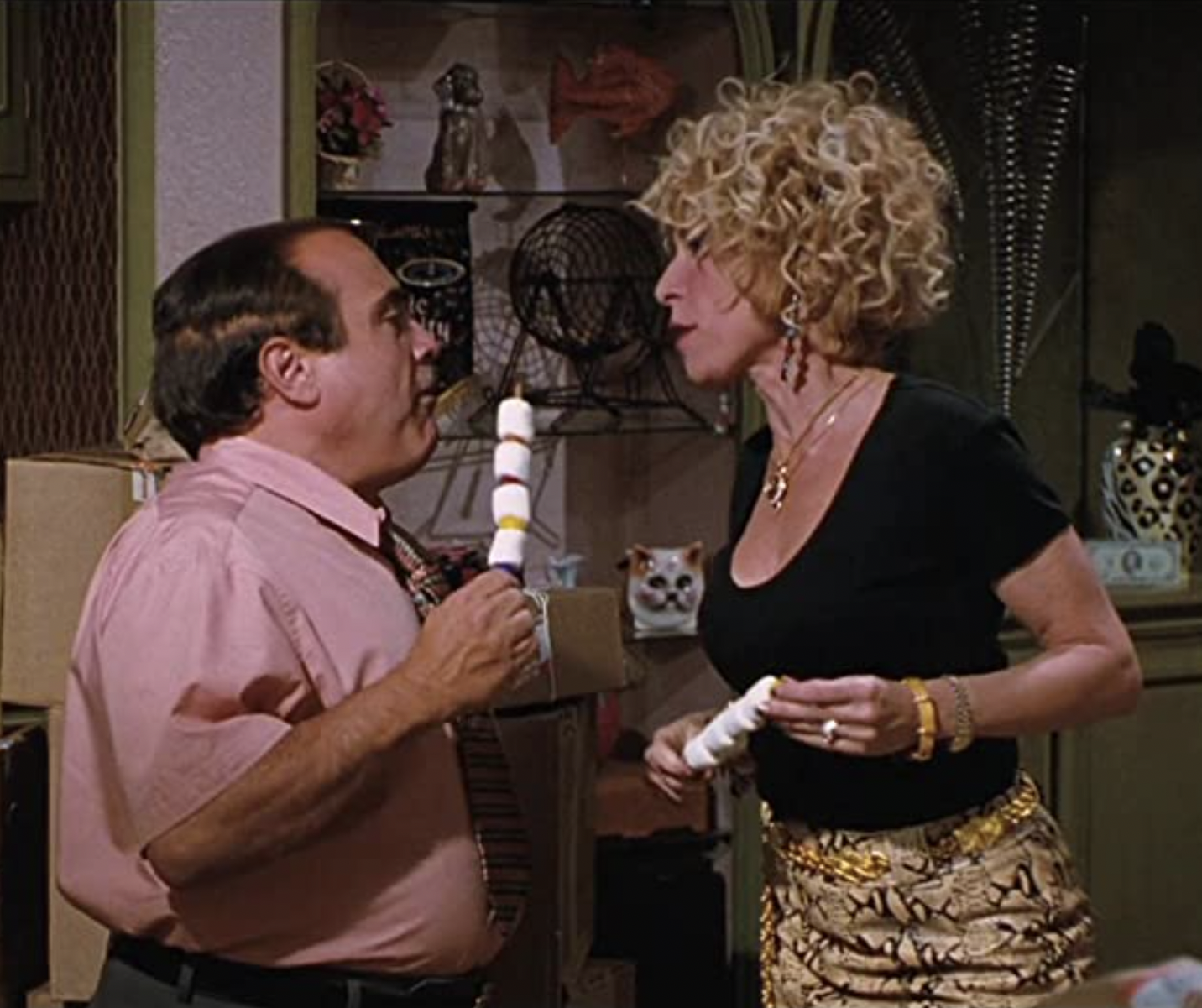
Roald Dahl’s work is full of bad relationships, from the titular George’s grandma in George’s Marvellous Medicine to the mutually toxic Mr and Mrs Twit.
[rtk_adunit_top]
Matilda’s parents Mr and Mrs Wormwood fit very neatly into this tradition, since it’s obvious from both the first pages of the book and the first minutes of the movie that they don’t exactly make a great couple.

They bicker constantly, they try to shift the blame whenever it seems like their own actions might have consequences, and they are quick to try and embarrass or demean their ‘better half’ just because it makes them laugh.
[rtk_adunit_middle]
However, if you’ve seen Matilda and came away thinking the two of them actually deserve each other in some weird way, then there’s a reason for that.
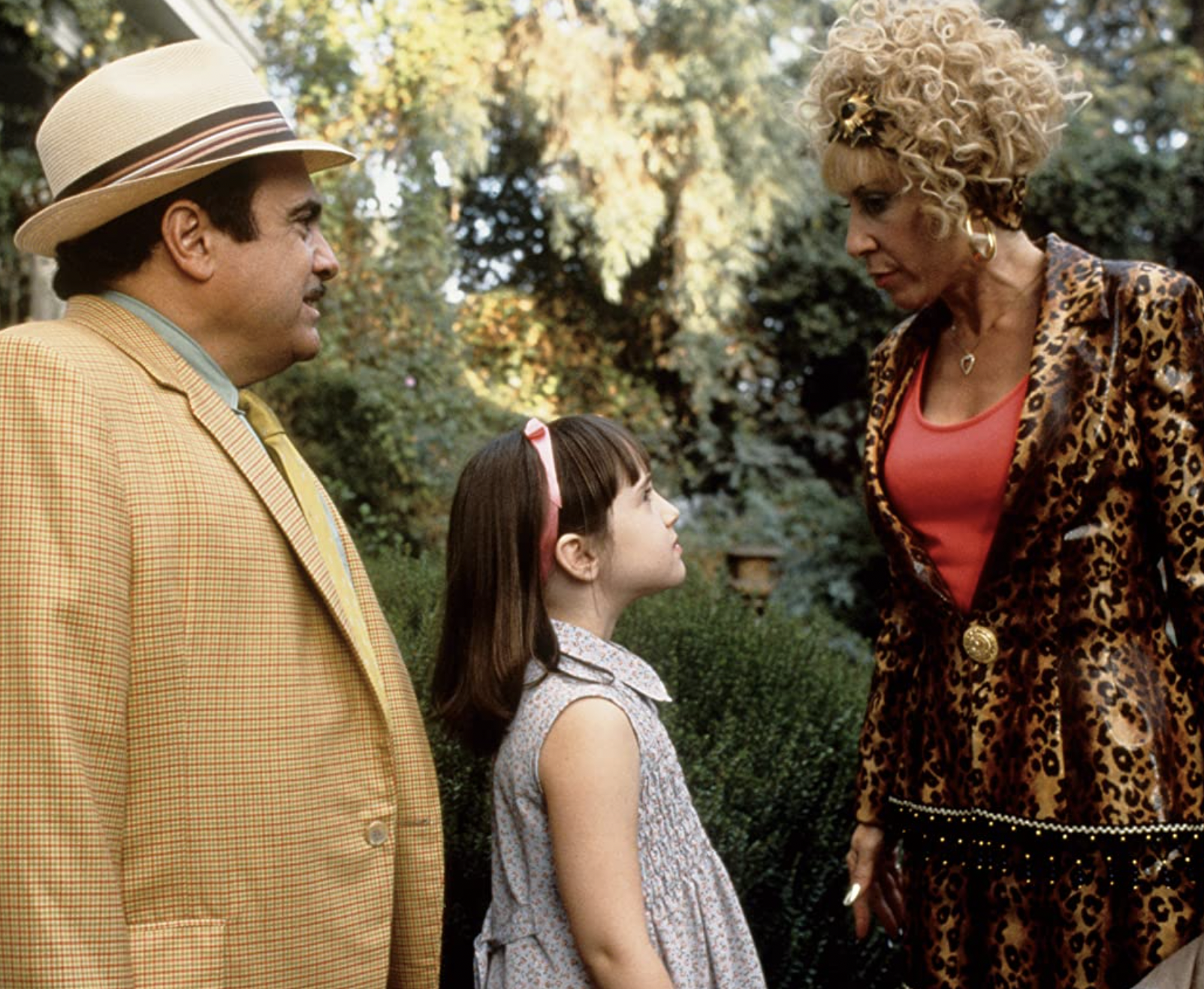
Danny DeVito and Rhea Perlman, who play Matilda’s parents in the film, were actually married in real life when the movie was made.
[rtk_adunit_bottom]
The pair unfortunately split in 2017 after 46 years together, but they’re still great friends who have retained the odd chemistry that made their fictional marriage so believable. (Unusually, the pair have also remained married despite their separation.)
19. The kids were genuinely scared of Miss Trunchbull

Miss Trunchbull is one of the most iconic villains in all of children’s media, both in book and movie form. The idea of this brutal headmistress has gone on to terrify generations of kids, even those who have never watched or read Matilda.
[rtk_adunit_top]
Given how famously scary the character is, it’s hard to imagine the child actors on set not being scared of actress Pam Ferris, especially when they saw her in her full Trunchbull garb.

Despite the likelihood of the kids already being scared of Trunchbull, Ferris went the extra mile to ensure the kids’ fear of her would be genuine.
[rtk_adunit_middle]
Even though she was “the kindest, gentlest human being you will ever meet” in reality, according to Kiami Davael (who played Lavender in the film), Ferris was careful to avoid the children on set.
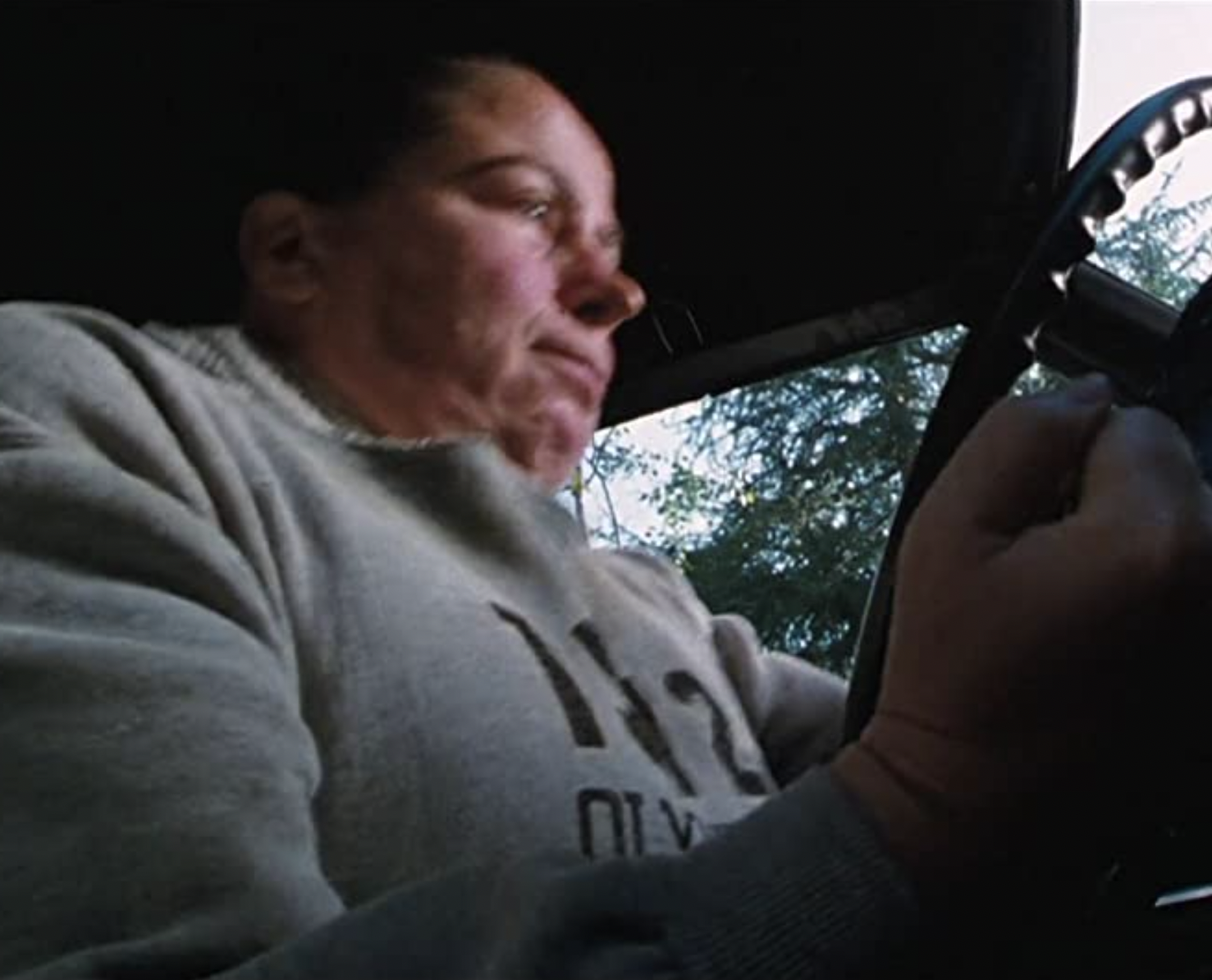
Ferris tried to be as aloof and intimidating as possible in order to make the kids’ performances easier, but this strategy didn’t work for as long as she would have liked.
[rtk_adunit_bottom]
According to Ferris, this approach to playing the character “broke down very quickly because they were daring little ones there that just came straight up to me.”
18. Mara Wilson was a last-minute replacement to play Matilda
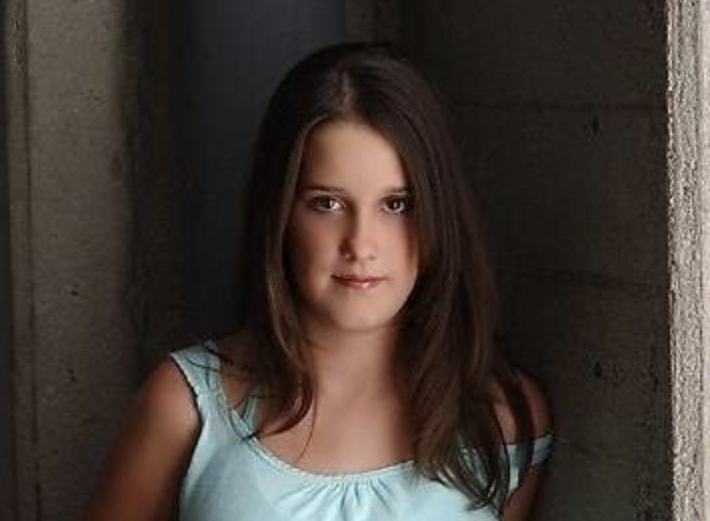
Mara Wilson’s performance in Matilda is so precocious, smart and funny that it’s no wonder it instantly became an iconic role for the child star.
[rtk_adunit_top]
It’s fair to say that nowadays, it’s almost impossible to imagine anyone else in the title role, which is why it’s so surprising that Wilson actually wasn’t the director’s first choice.
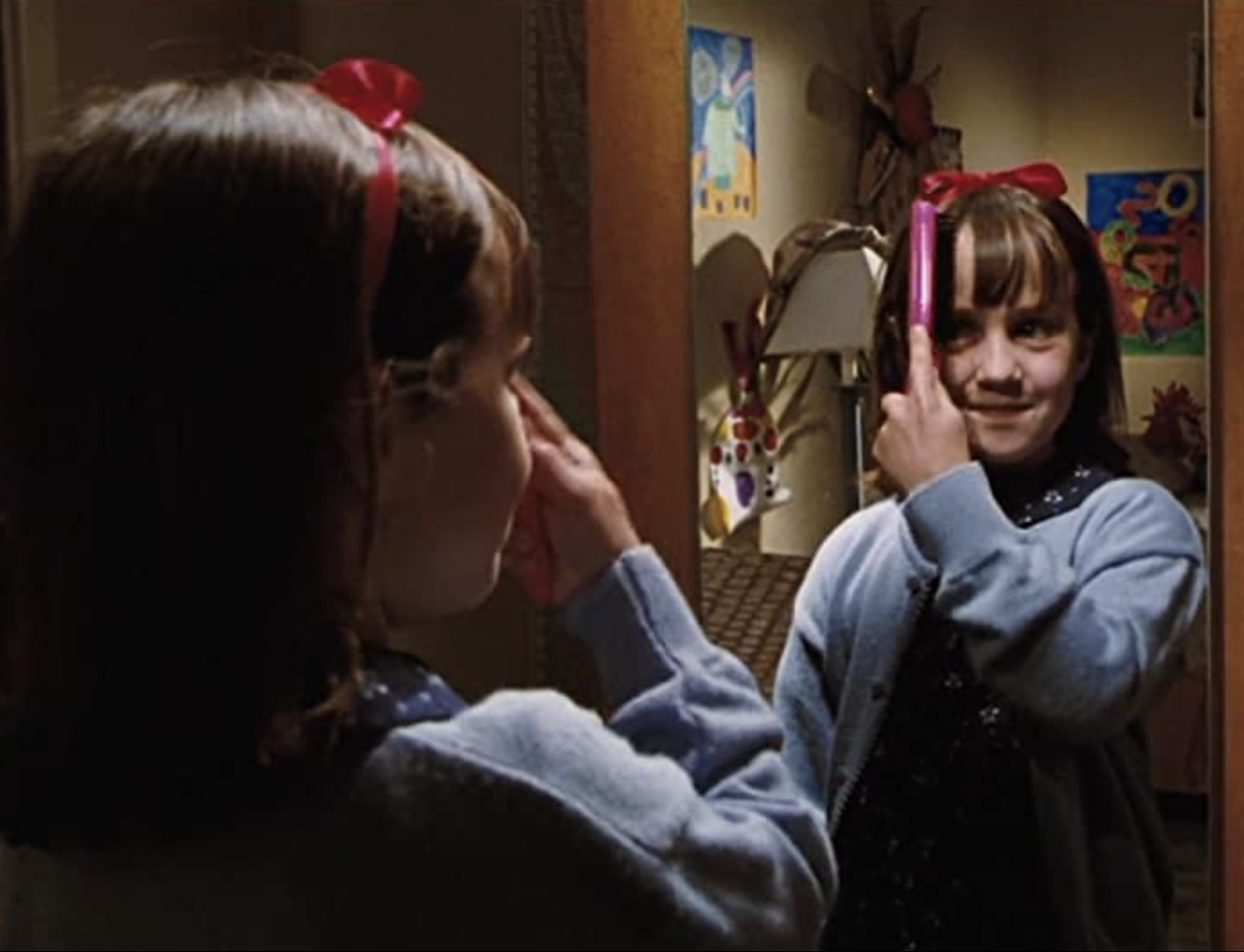
When it came time to start rehearsals, twin actresses Kylie and Keaton Tyndall were set to both play the role, with the casting team having deliberately chosen twins in order to make the production run smoother.
[rtk_adunit_middle]
The logic was that casting twins meant neither of them would be overwhelmed by the sheer amount of lines they had to learn, and that they could split up the demanding emotional scenes between them.

Unfortunately, both actresses came down with a bad case of the flu when production started, and so they were replaced last-minute by Wilson.
[rtk_adunit_bottom]
To everyone’s relief and delight, Wilson was able to carry the whole film by herself, delivering a timeless performance and catapulting herself to fame.
17. Mary-Kate and Ashley Olsen were everyone’s first choice to play Matilda

When production on Matilda started, it was Kylie and Keaton Tyndall who had been asked to split the role of the genius little girl between them.
[rtk_adunit_top]
However, the Tyndall twins weren’t the production’s first choice, as a unanimous decision was made during the pre-production stage to try and bring a different set of celebrity twins on board.

Everyone involved with Matilda was convinced that casting Mary-Kate and Ashley Olsen would be the best possible outcome, since the pair were already very experienced with the entertainment industry for their age.
[rtk_adunit_middle]
Unlike the Tyndalls, the Olsen twins were not prevented from appearing in the movie thanks to a badly-timed bout of illness, but they were nevertheless unavailable.

Both twins had already been contracted to appear in It Takes Two, a 1995 film with roughly the same plot as the 1961 film The Parent Trap.
[rtk_adunit_bottom]
It Takes Two was largely forgotten in favour of the Parent Trap remake that was made a few years later in 1998, with Lindsay Lohan playing both roles.
16. Danny DeVito acted in, narrated, directed and produced the film

Danny DeVito gives a delightfully hateful performance in Matilda, as the greasy, scheming Mr Wormwood, used car salesman and pork pie hat enthusiast.
[rtk_adunit_top]
It’s impressive that DeVito managed to work so many revolting character details and habits into his performance, given that acting was far from the only thing he had to worry about throughout the production.
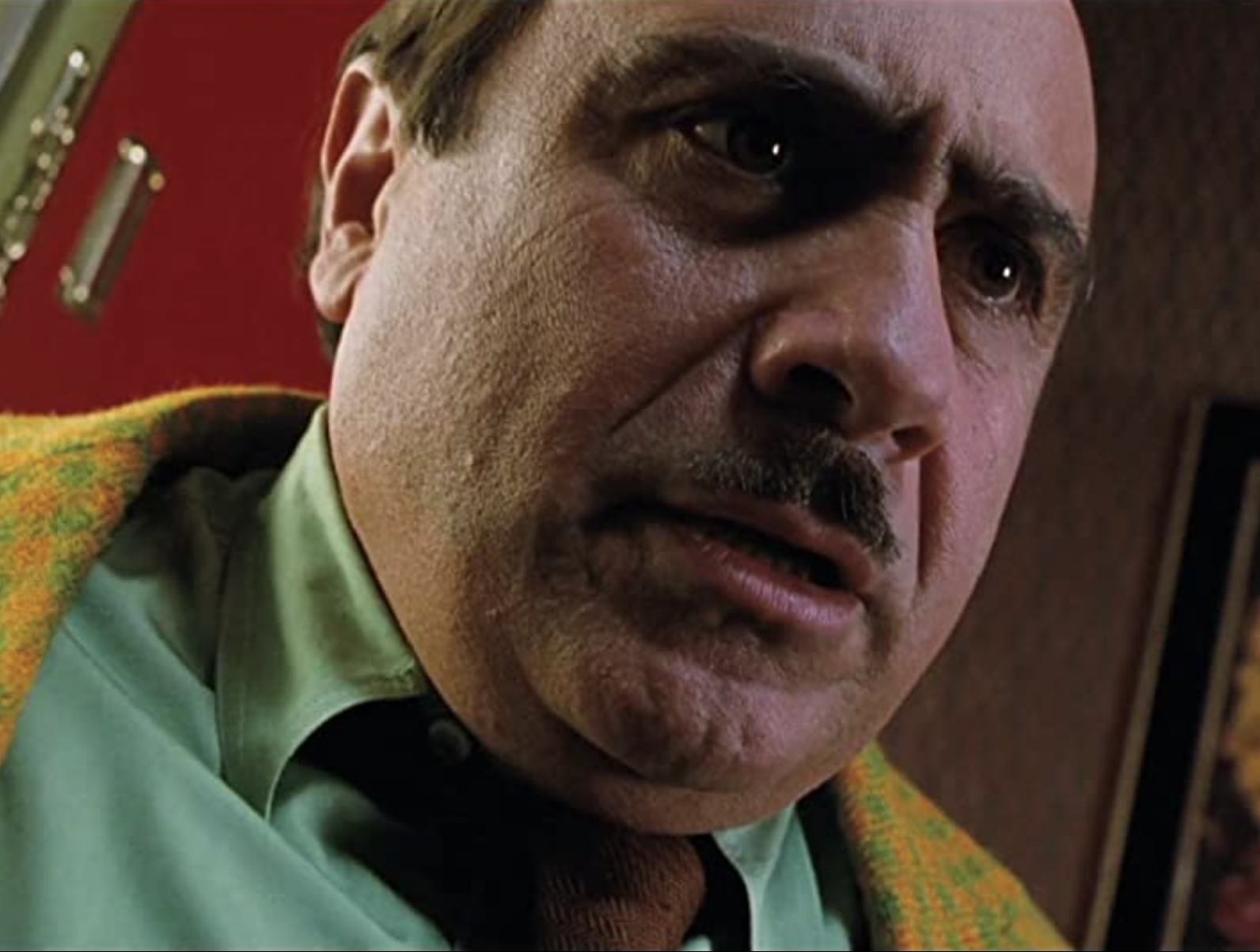
Not only did Danny DeVito have to star in the movie, but he also single-handedly narrated the whole thing in an entirely different voice, as well as directing it to boot.
[rtk_adunit_middle]
In short, DeVito had to wear numerous different hats, including the ugly one that gets superglued to Mr Wormwood’s head and eventually ripped off to huge comedic effect.
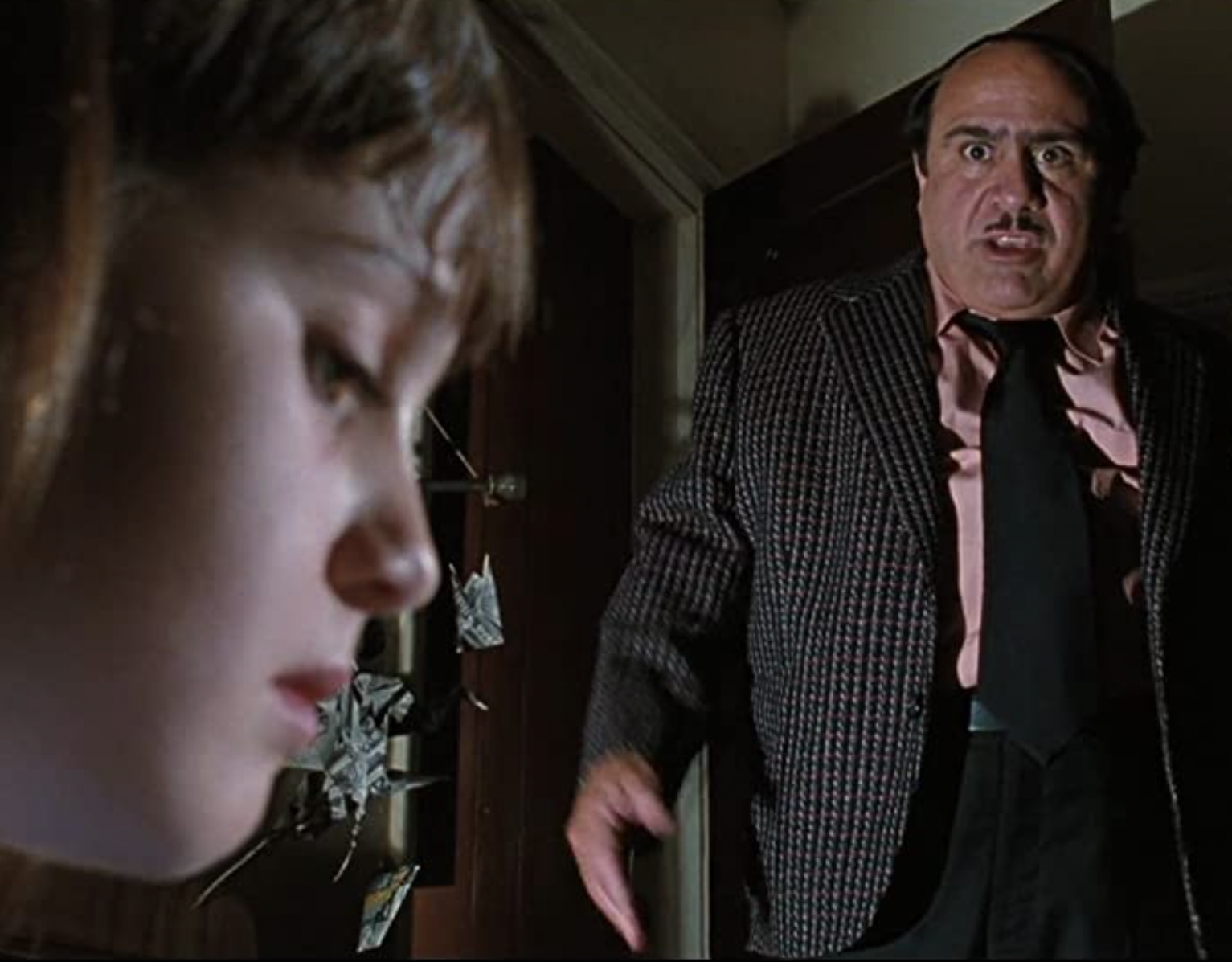
Matilda was a passion project for DeVito, who was inspired to sign on to the project by his experiences raising two young daughters. He told the Telegraph after the movie came out:
[rtk_adunit_bottom]
“My two daughters walked into the house with Matilda by Roald Dahl. […] It felt as if I had been given a wonderful gift and was being invited to enter a different world, an underground world for children… I passionately wanted to make it into a movie”.
15. Bruce Bogtrotter actor Jimmy Karz hated chocolate
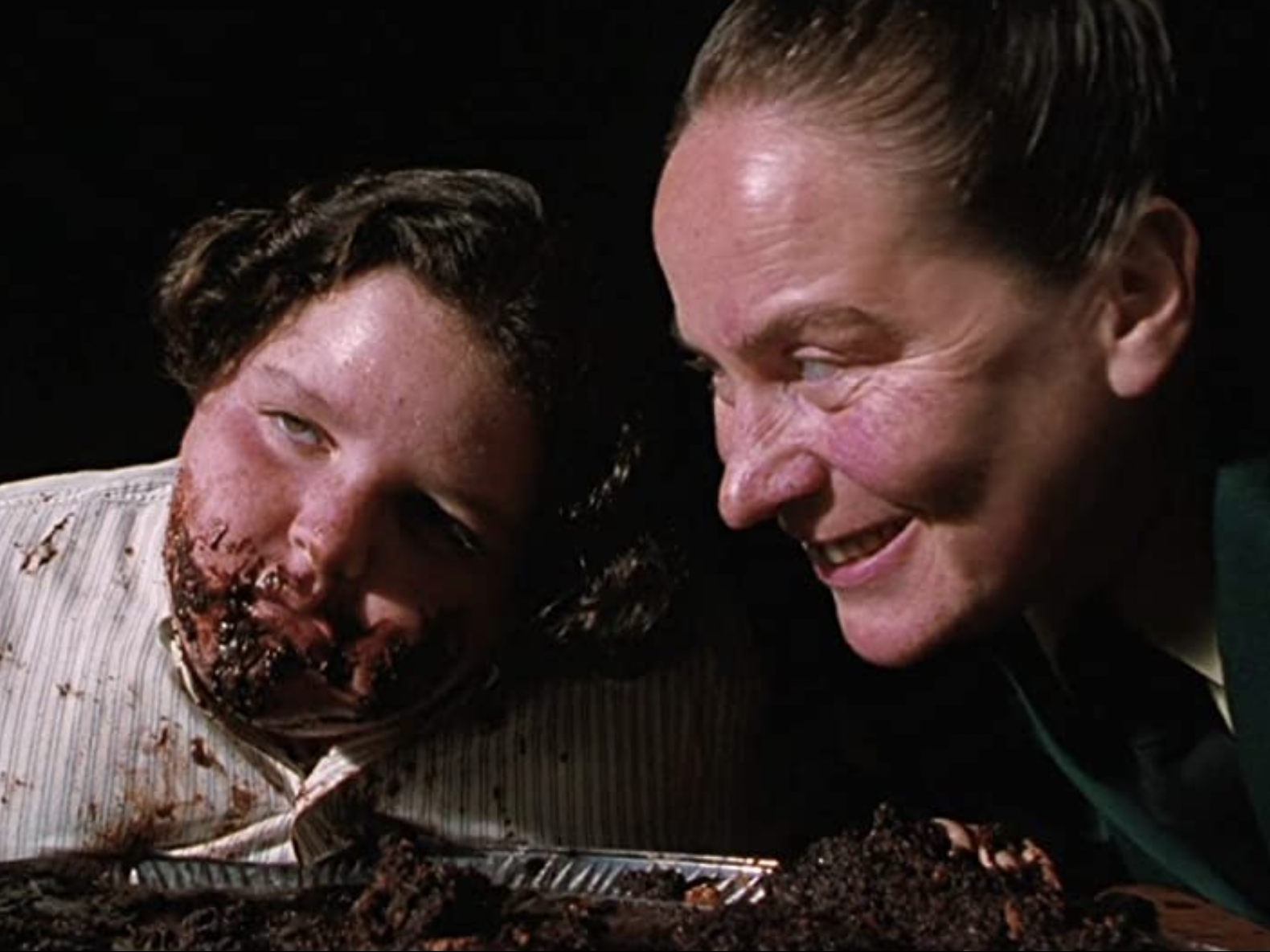
When you’re a kid, chocolate cake is one of the most exciting things in the world. It’s a treat reserved for birthdays or school holidays, and always brings joy and indulgence.
[rtk_adunit_top]
So seeing Bruce Bogtrotter in Matilda being forced to eat disgusting chocolate cake prepared by a dirty and neglectful cook is one of the most heartbreaking and gross things a kid can watch.

The reason the chocolate cake scene is as impactful in the movie as it is in the book is simple: the actor playing Bruce really didn’t want to eat the cake.
[rtk_adunit_middle]
Scoffing the same thing for days on end while shooting would be tough on any actor, especially a kid, but Jimmy Karz also had the extra disadvantage of hating chocolate in the first place!

Karz had such a dislike of the stuff that he had to keep a spit bucket next to him just out of shot, which was pretty unheard of for the crew members that had worked with children and sweets before.
[rtk_adunit_bottom]
Karz later said: “The hardest thing was coming to set every day and getting the chocolate painted onto my face the way it was painted the day before. And wearing that crusty shirt every day.”
14. The chalkboard scene was incredibly complicated to shoot

Matilda is the classic story of a sweet little girl who uses books to teach herself to survive her harsh upbringing, before finally finding a family who will love and appreciate her.
[rtk_adunit_top]
However, it’s also the story of a kid with telekinetic powers, who uses a series of escalating pranks to traumatise and terrify her evil headmistress.
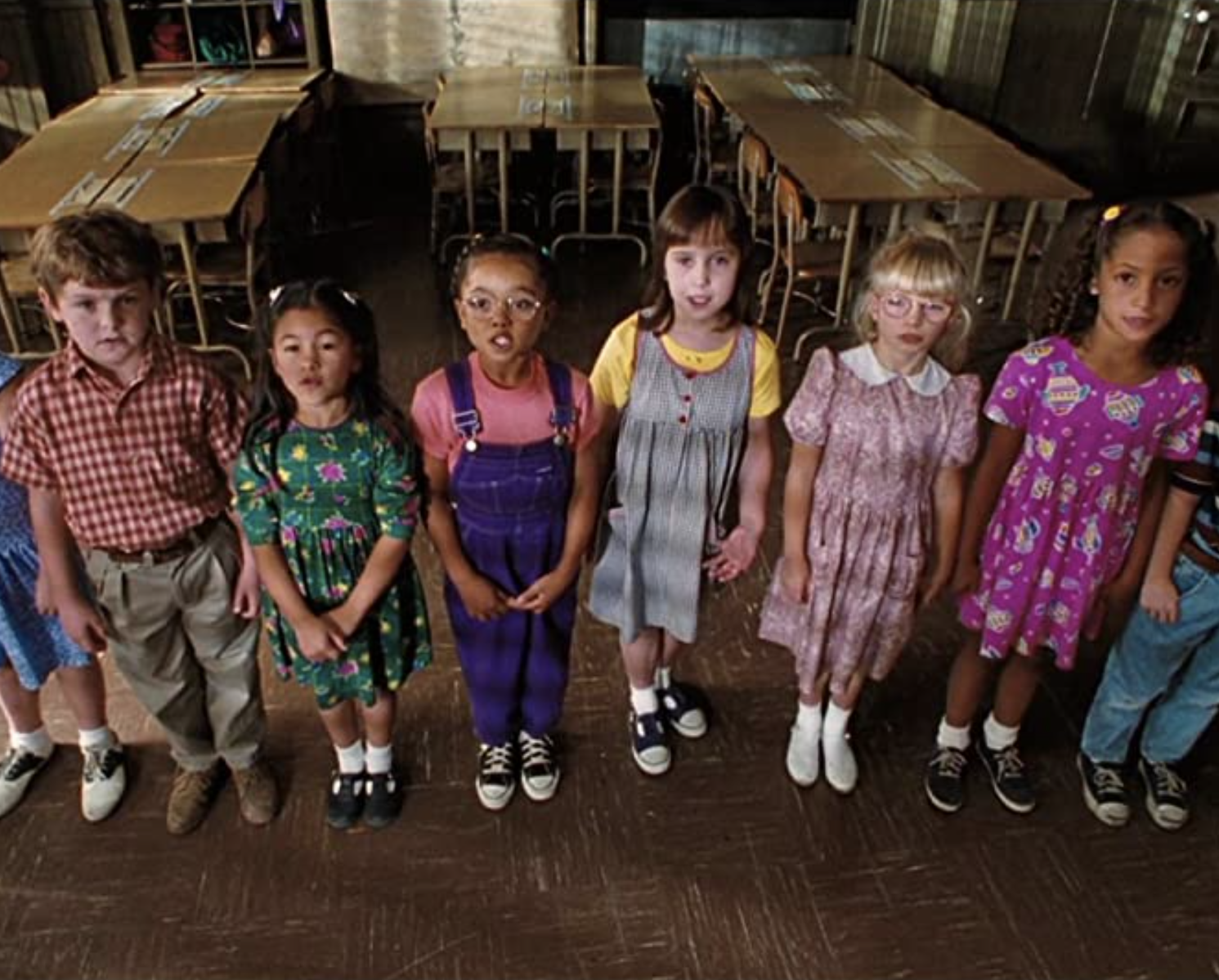
By far the best of these pranks is when Matilda uses the chalk to write a message to Miss Trunchbull from Miss Honey’s deceased father.
[rtk_adunit_middle]
The scene sees Matilda combine her power with all the knowledge she has collected across the film, and it’s one of the most powerful moments in any kids movie. However, it was also the most difficult scene to film in the whole production.
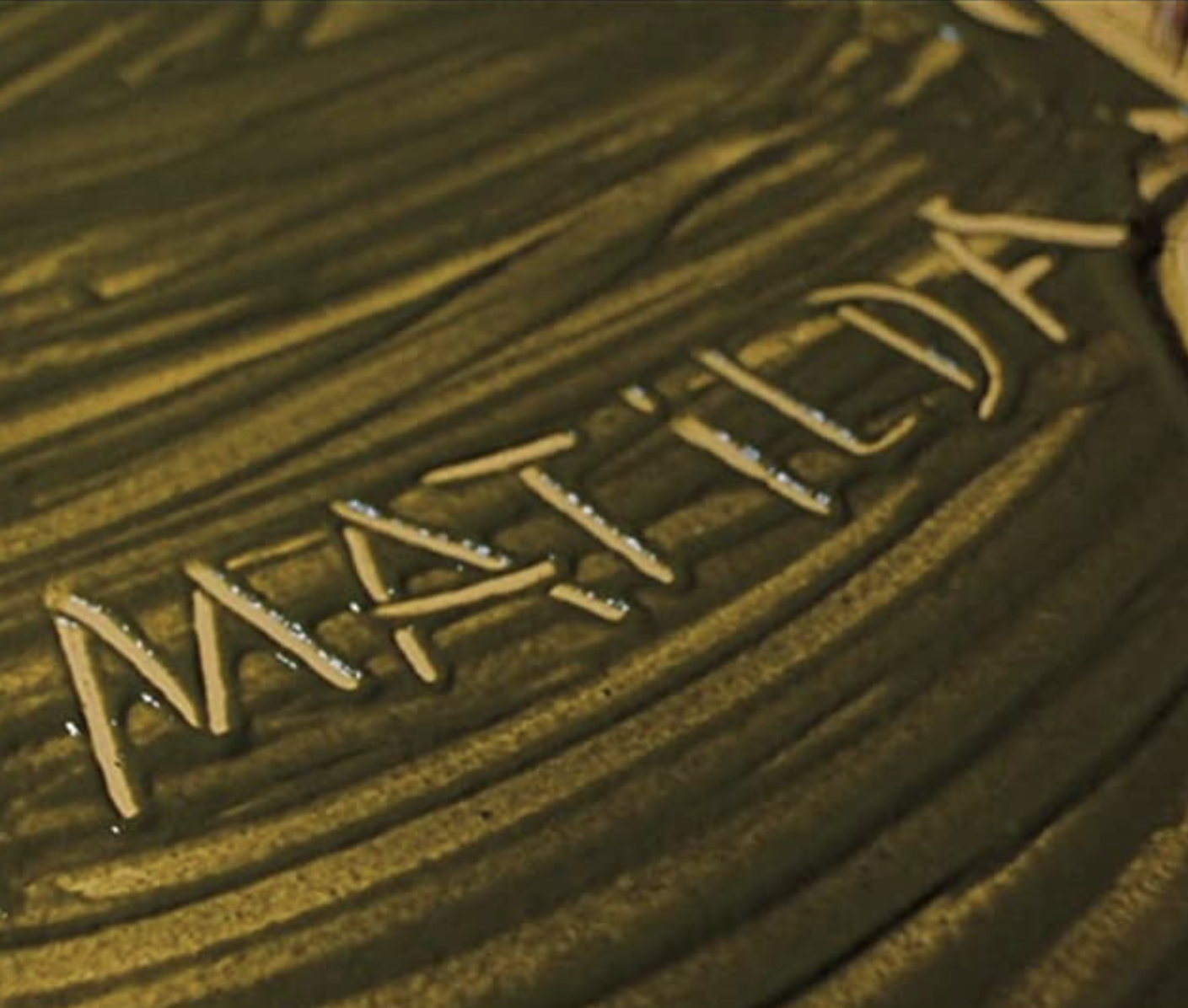
First, the words had to be written backwards on the back of the chalkboard. Then, a magnet had to be attached to the end of chalk, with someone standing on the other side.
[rtk_adunit_bottom]
The person on the other side of the chalkboard would then trace the words backwards with another magnet. This dragged the chalk along and gave the illusion of writing by itself.
13. The screenwriters wrote the film for free just to show Roald Dahl’s widow how they’d do it

Matilda was a passion project for almost everyone involved, and that included the screenwriters, who had wanted to make their own adaptation of a Dahl story for years.
[rtk_adunit_top]
Robin Swicord and Nicholas Kazan were so determined to get their movie made that when Roald Dahl’s widow was unconvinced, they even offered to write the screenplay for free.

Their logic was that if they spent their own time and resources writing the screenplay off the bat, Roald Dahl’s widow would be more likely to give them the time of day and take a chance on their vision.
[rtk_adunit_middle]
It might be surprising that anyone would object to the existence of a Matilda film, but Dahl’s widow, Liccy Dahl, had been unimpressed with previous film adaptations of both Willy Wonka and the Chocolate and The Witches.

As a result of these two movies, she had refused to even consider greenlighting another live-action adaptation of one of Roald Dahl’s stories in the future.
[rtk_adunit_bottom]
Thankfully, she was charmed by Robin Swicord and Nicholas Kazan’s clear understanding of the message of the story, and handed over her blessing for them to bring their version of the classic to life.
12. Danny DeVito once locked Mara Wilson in the Chokey for a prank
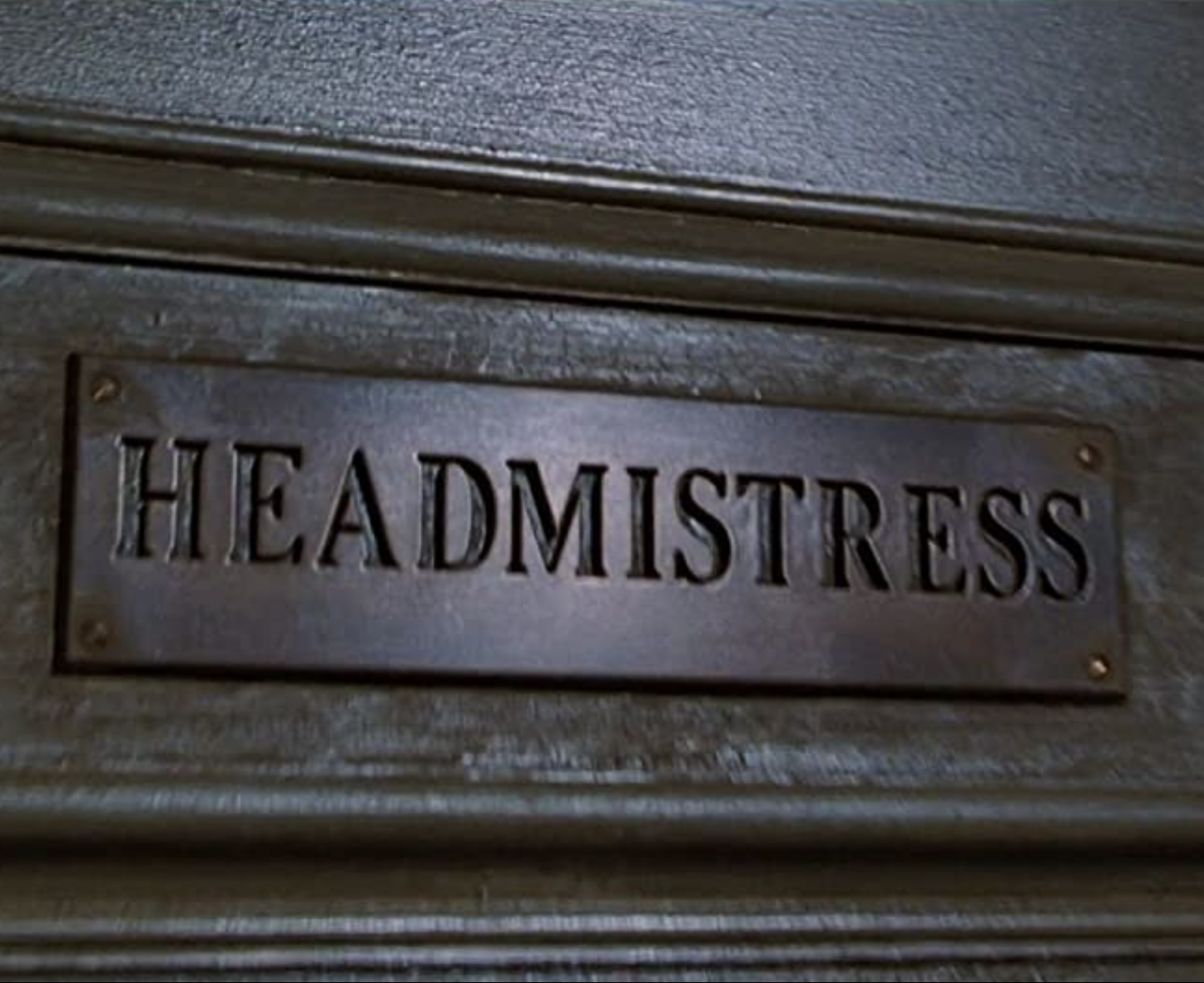
It’s not uncommon for kids to be scared of going to school and, with children’s literature including horrifying classroom torture devices like the Chokey, that’s not surprising!
[rtk_adunit_top]
The pitch-black, tiny cupboard filled with spikes is enough to terrify any child, including the ones who had to step inside the real-life recreation of one on set.
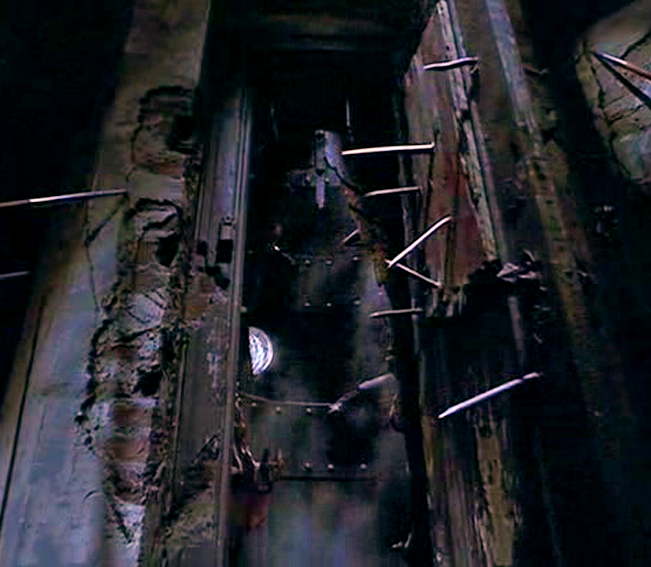
[rtk_adunit_middle]
Wilson went on to explain that: “When I get pulled out of the Chokey, I’m holding my hands over my face; that’s because it smelled really bad.”

However, that was not the extent of Wilson’s bad experiences with the Chokey, as Danny DeVito once decided to play a prank on the poor actress, unaware of the full extent of her fear.
[rtk_adunit_bottom]
Wilson described the prank, saying: “And I remember once they put me in there and closed the door, and then Danny said, ‘Okay guys, we’re going to lunch!’ And I started banging on the door like, ‘Guys, let me out!’”
11. The portrait of Miss Honey’s father is actually of Roald Dahl
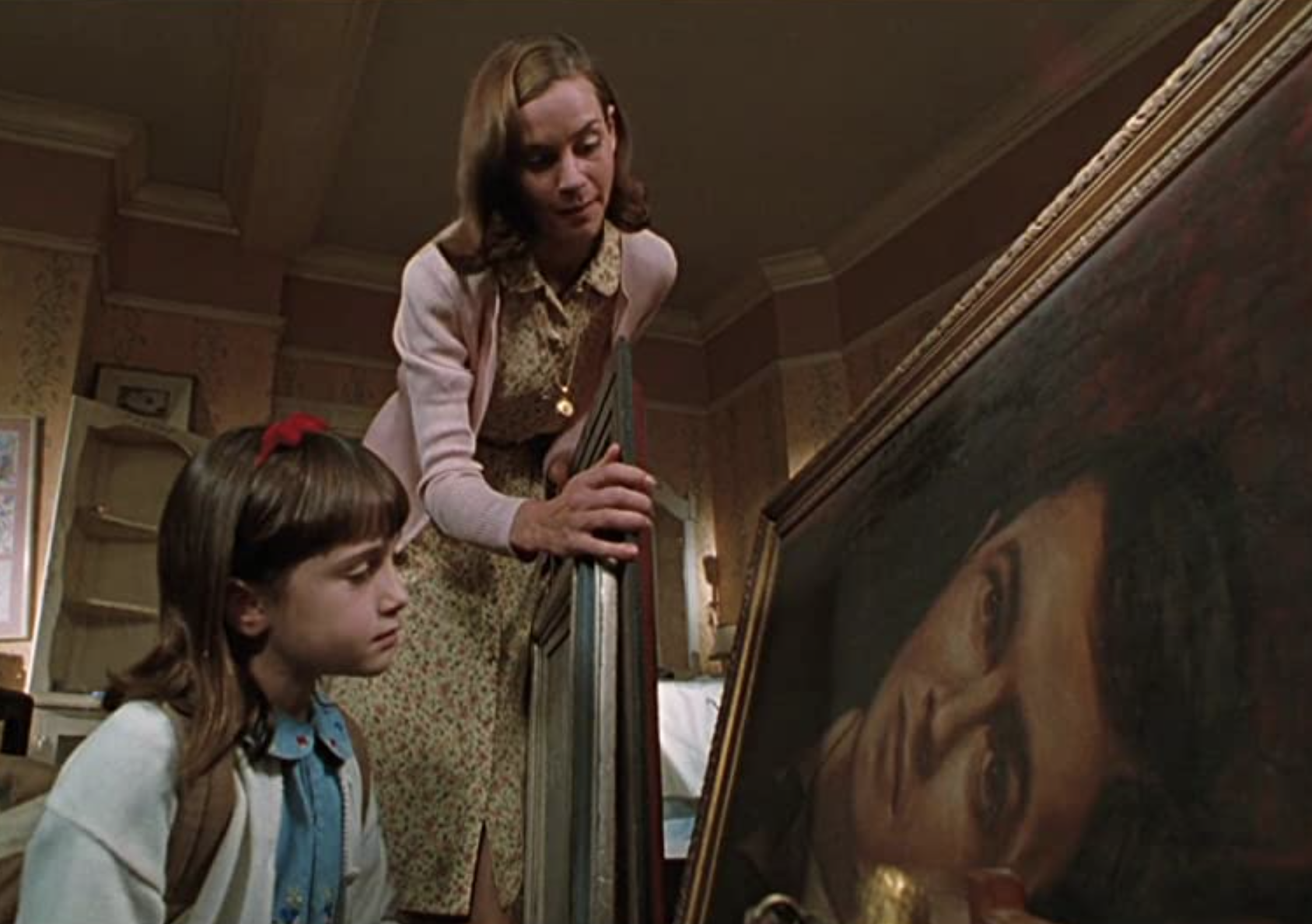
Like many other Roald Dahl books, such as The Twits and James and the Giant Peach, Matilda is a film that’s pretty lacking in kind adults.
[rtk_adunit_top]
Aside from Miss Honey, the only other grown-up that seems to be considerate, generous and sweet is Miss Honey’s father, Dr Magnus Honey.

We learn from the movie that Dr Magnus Honey passed away in mysterious circumstances before the events of the film began, with the shocking reveal that Miss Trunchbull killed him coming later.
[rtk_adunit_middle]
Nevertheless, we also learn about what a great father he was before he died, and we even see a large portrait of him in Miss Trunchbull’s house.

If the portrait looks familiar to you, that’s because it was actually based on a painting of Roald Dahl himself as a young man, before he achieved global renown in later life.
[rtk_adunit_bottom]
The portrait of Roald Dahl was painted around the time the future writer was serving as a fighter pilot during World War II, although the picture in Matilda does not put Magnus Honey in military garb.
10. The swinging pigtail scene was performed without a stunt double

There are plenty of iconic scenes in Matilda, but none strike so much fear into the hearts of long-haired school girls as the pigtail swinging scene.
[rtk_adunit_top]
Seeing Amanda Thripp be swung around by her plaits and thrown into a field of flowers by Miss Trunchbull was enough to make many kids decide to wear their hair down for school, just in case.

As surprising as it may sound, this stunt was pulled off almost entirely practically, by suspending an actress on wires from above and using them to spin her in slow circles.
[rtk_adunit_middle]
The actress also had fake pigtails stiffened with wire sewn into her hair, with the loops of wire at the end of the braids also being looped around Pat Ferris’ hands, so the pair could spin in time.
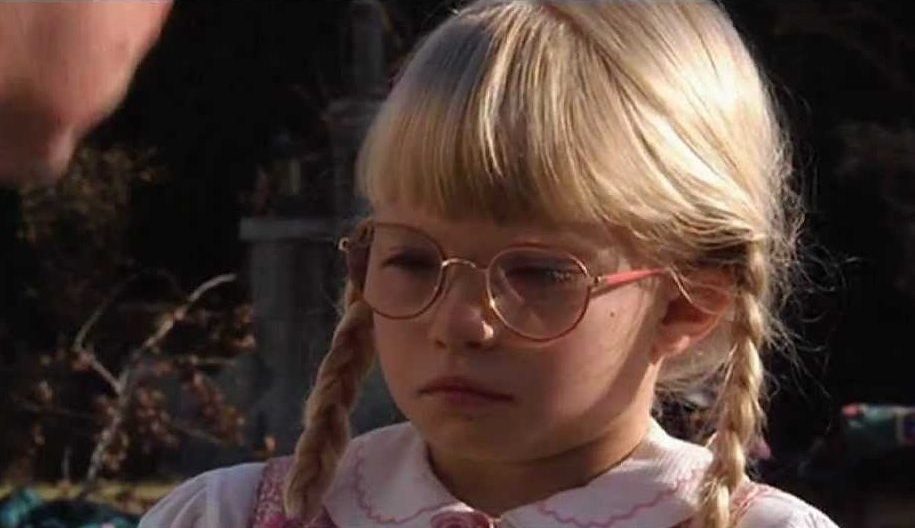
Despite this seeming like a pretty extreme stunt, Thripp’s actress Jacqueline Steiger was super excited to do it herself and happily volunteered to get into the harness.
[rtk_adunit_bottom]
As a result, Steiger was able to put stuntwork on her acting CV from a shockingly early age, which stood her in good stead throughout her career.
9. Matilda was originally set in Buckinghamshire, not LA
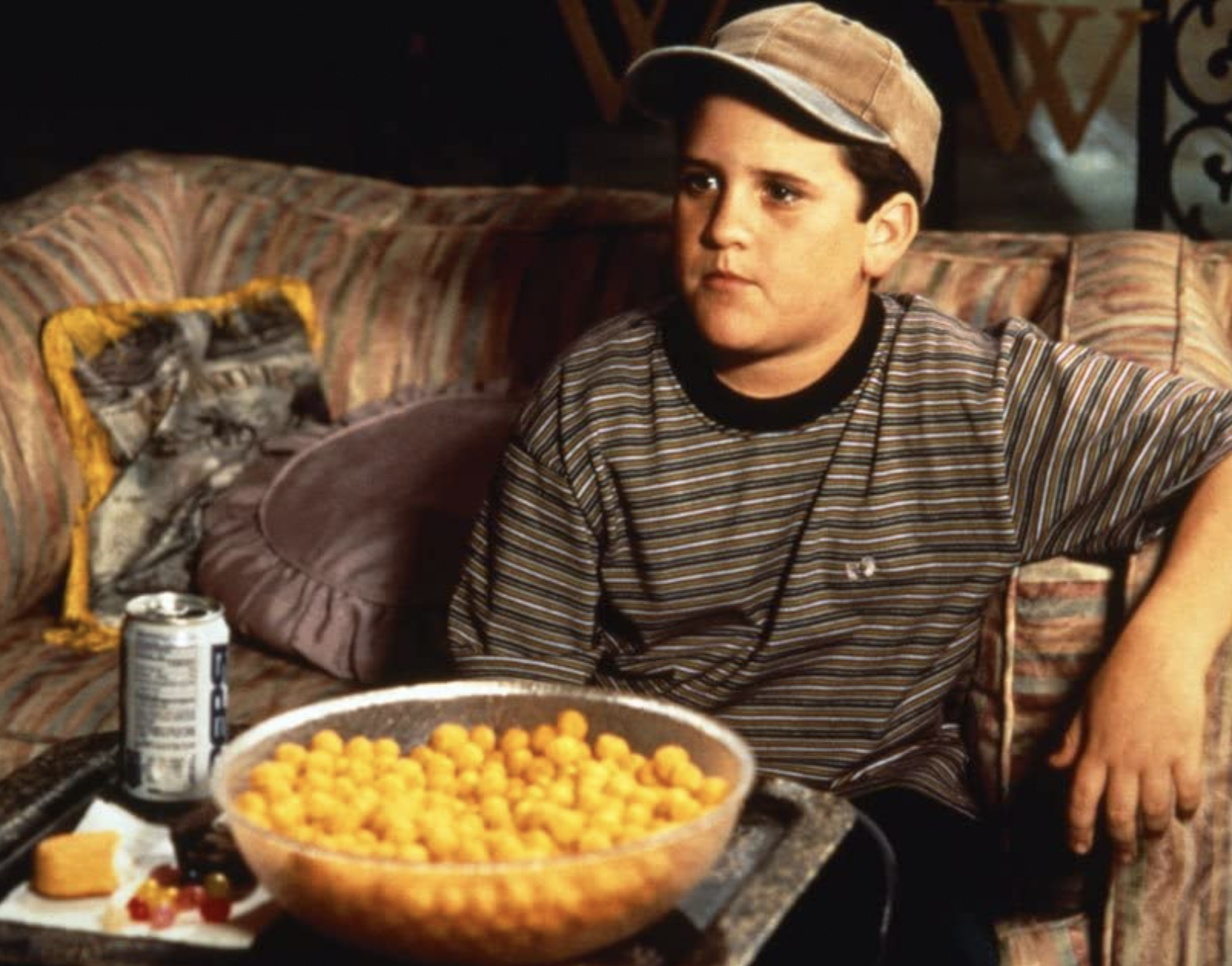
As with many other adaptations of Roald Dahl’s work for cinema, 1996’s Matilda changed numerous elements of the story.
[rtk_adunit_top]
Most of these changes were introduced to make the story more palatable to American audiences, as well as to make it easier for the film to be shot in America by an American cast and crew.

First of all, the setting was swapped from a small village in Buckinghamshire to Los Angeles, which is a pretty significant diversion from the source material.
[rtk_adunit_middle]
Not only that, but Crunchem Hall was changed from a British private school to an American public school, although nothing else about the school really changed.
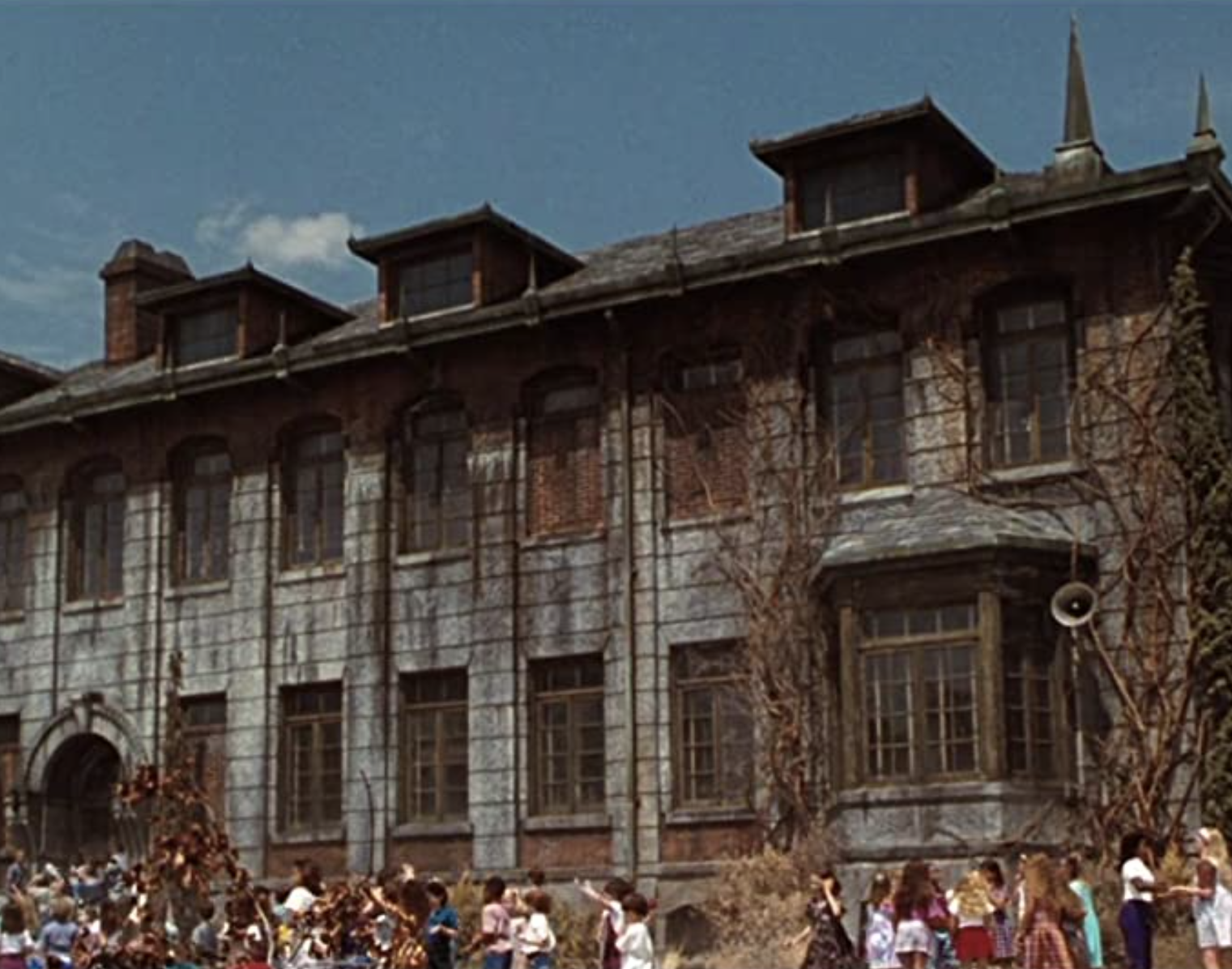
In the movie version of Matilda, the pranks that the titular Matilda plays on her parents in order to get back at them for their mistreatment change slightly too.
[rtk_adunit_bottom]
Though the hair-bleaching and glued-down hat remain pretty much the same, the book sees Matilda hide a parrot inside the chimney, in order to annoyingly simulate burglaries at all hours of the night.
8. DeVito and Perlman took care of Wilson while her mother was gravely ill during the shoot
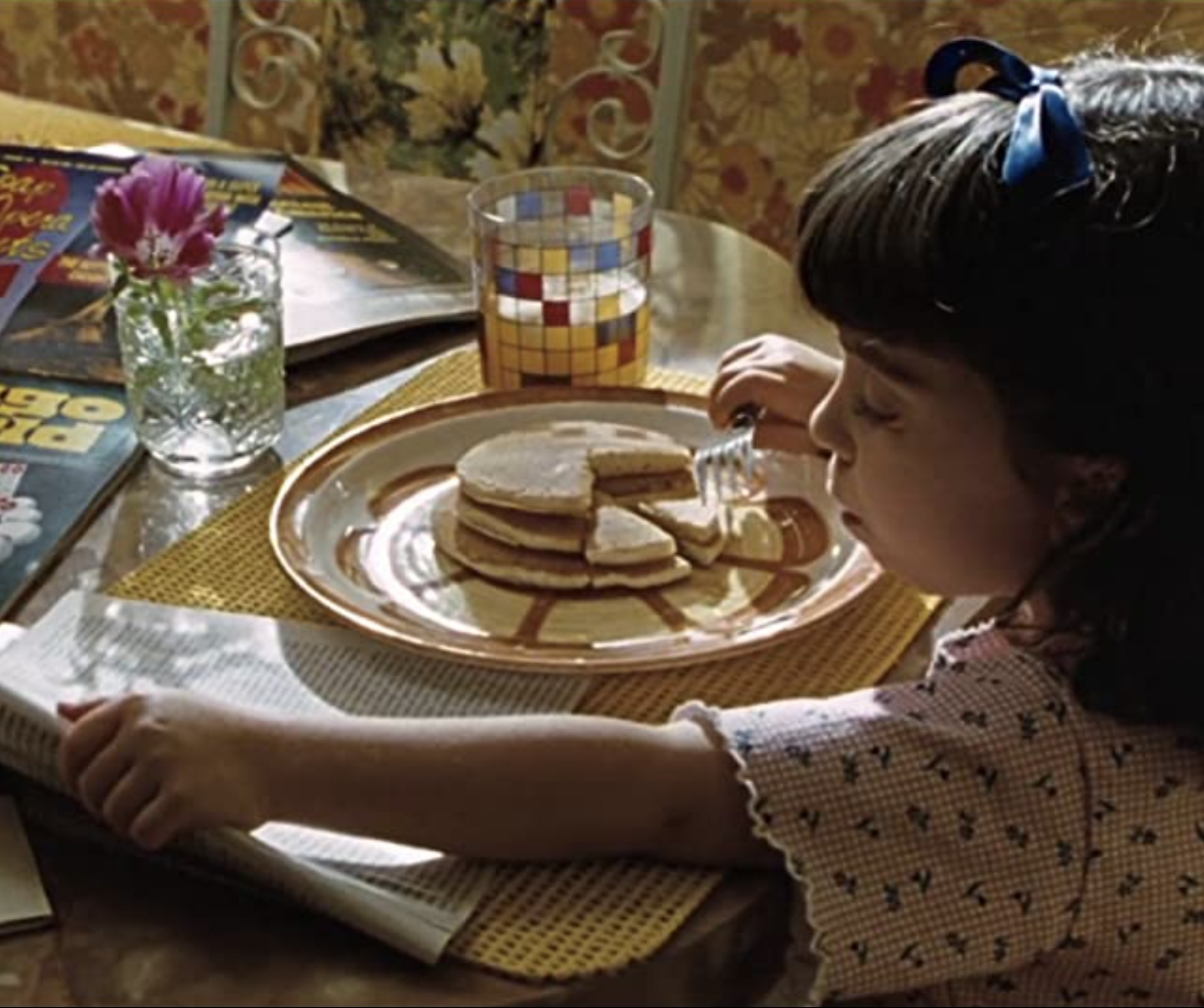
Mara Wilson’s portrayal of Matilda comes off as determined, happy-go-lucky and optimistic, even in the face of cruelty from her teachers and indifference from her parents.
[rtk_adunit_top]
In real life, Wilson also had her fair share of hardship throughout production, as her mother was sadly hospitalised with cancer while shooting took place.
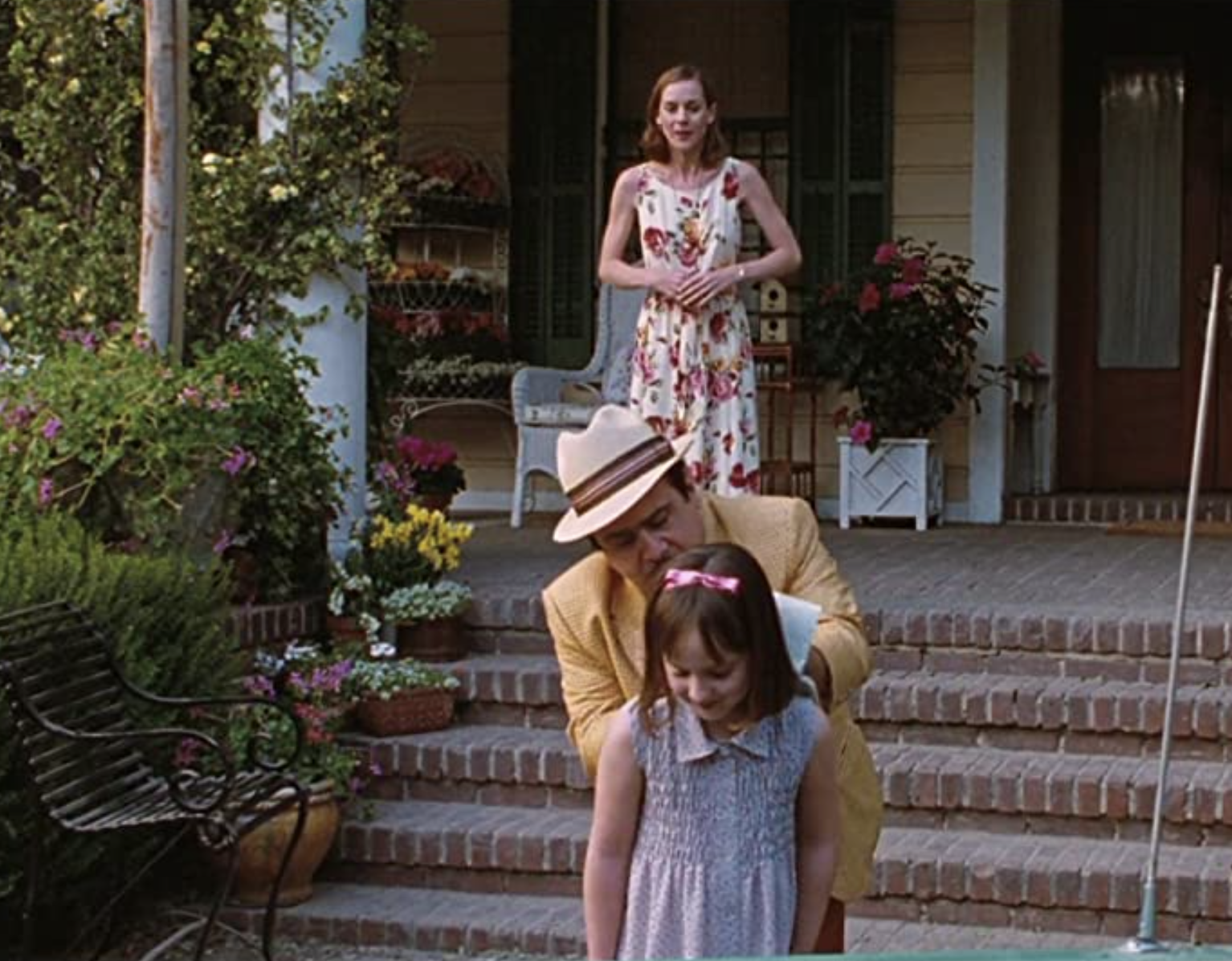
To ensure Wilson was kept happy and safe throughout this tumultuous time, she was often allowed to stay over at Danny DeVito and Rhea Perlman’s house, while her father stayed with her mother in hospital.
[rtk_adunit_middle]
The three became very close during this time, and Wilson has maintained a strong friendship with both of them throughout her adult life.
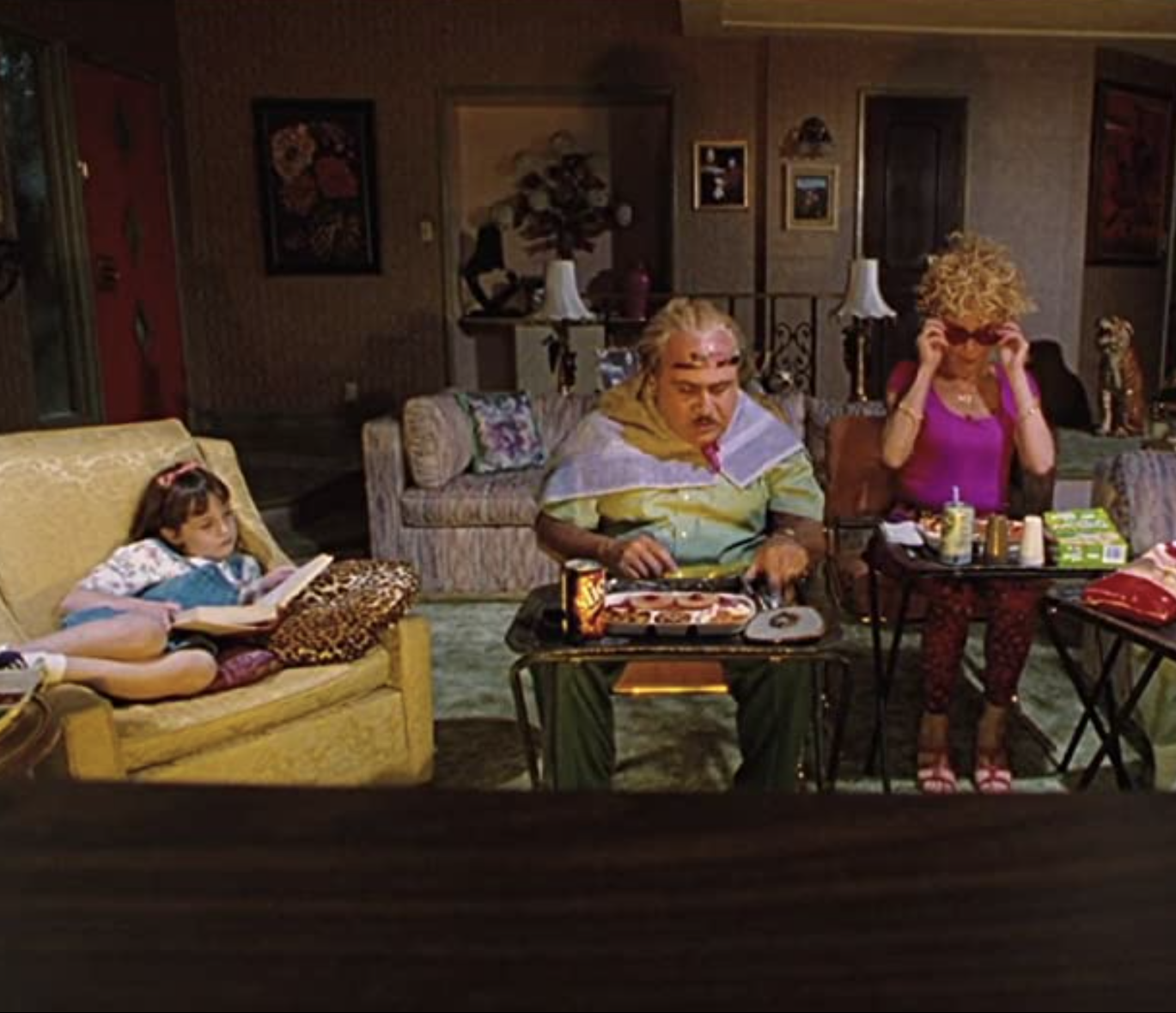
Sadly, Mara Wilson’s mother died before the final cut of the movie was released in theatres, and Wilson stopped acting as a result, saying that without her parent’s encouragement it was just no fun.
[rtk_adunit_bottom]
However, in a bittersweet twist, Danny DeVito did show Mara Wilson’s mother a rough final cut of Matilda before it hit cinemas, so she did get to see her daughter’s full performance.
7. DeVito got everyone on set to dance to help Wilson get over her nerves for her dancing scene
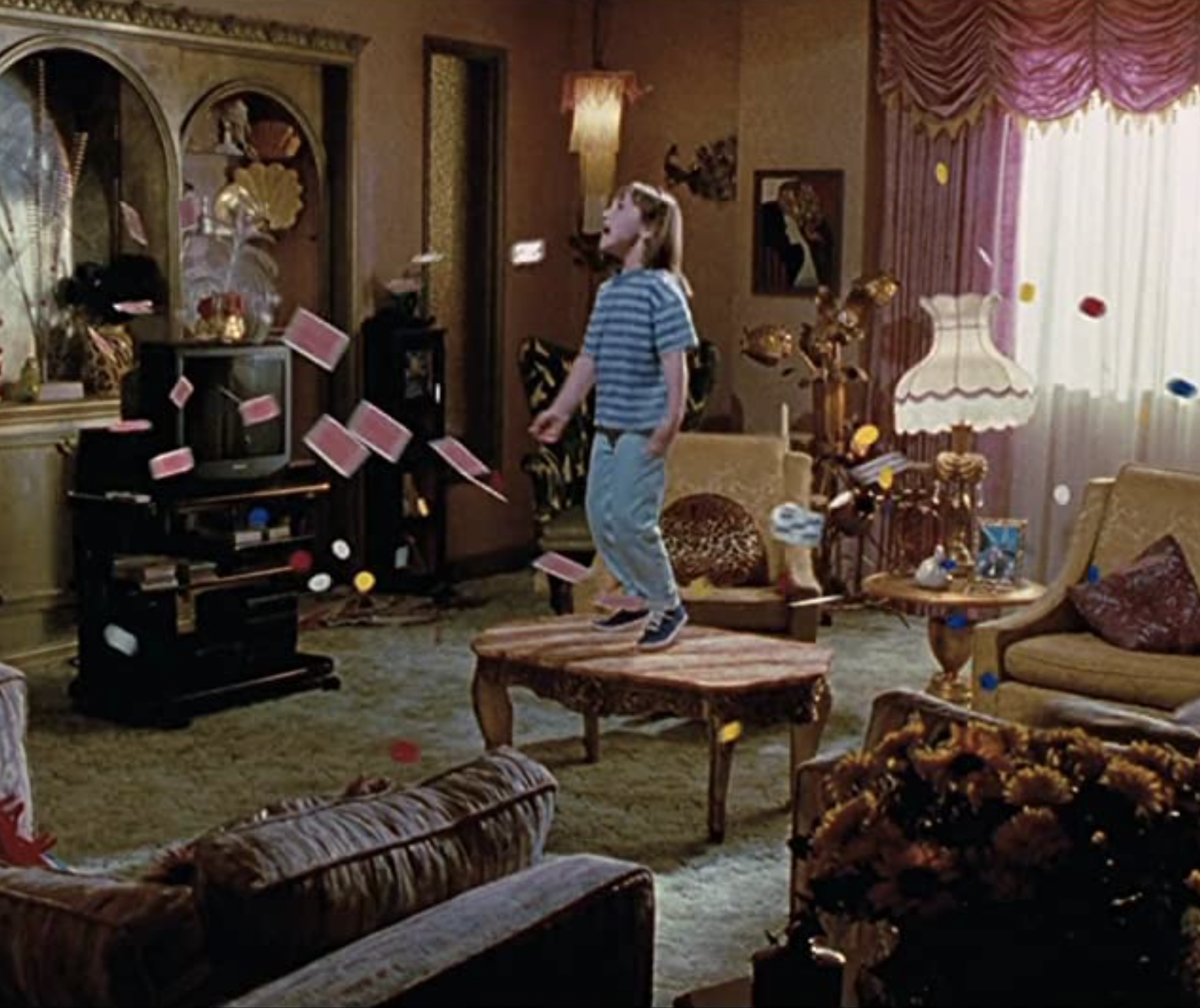
There are a number of famous setpieces in Matilda, from Miss Trunchbull’s terrifying antics to Matilda’s first victory tipping the jug of water containing the newt, to the dystopian Wormwood family ritual of watching TV.
[rtk_adunit_top]
With that said, there is one memorable scene that is upbeat rather than scary, and that’s the scene in which Matilda gets to have a morning to herself.

Set to Little Bitty Pretty One, Matilda gets to spend a carefree morning experimenting with her powers, making herself breakfast, and dancing around in her living room.
[rtk_adunit_middle]
Despite how relaxed and fun the scene looks in the finished film though, Mara Wilson was actually deeply self-conscious about dancing in front of people, and wasn’t having a fun time shooting it.

To fix this problem, director Danny DeVito commanded everyone else on set to also dance to the music, so Wilson wouldn’t feel so singled out.
[rtk_adunit_bottom]
With the exception of those holding recording equipment, everybody joined in and had a boogie, resulting in a much more unbridled and exuberant scene.
6. Pam Ferris was injured numerous times on set

It took a lot of willpower for Pam Ferris to distance herself from the child actors on set, and to come across as fearsome and intimidating when her natural personality was so jovial.
[rtk_adunit_top]
However, that was not the only struggle that Ferris faced while filming Matilda, as she also found herself getting injured numerous times throughout the movie’s production.

In the climactic scene where Miss Trunchbull is chased out of her classroom by the long-awaited children’s rebellion, Ferris had to pretend to be pelted by chalkboard erasers.
[rtk_adunit_middle]
Unfortunately for Ferris, the fact that she had to keep her eyes open for these scenes resulted in a dangerous amount of chalk dust collecting in them, and she had to go to the hospital as soon as shooting was over, in order to get them professionally washed out.

Not only that, but in the iconic pigtail swinging scene, Ferris was tasked with holding onto two loops of wires that were covered with braided hair, in order to make it look like Miss Trunchbull was swinging a real little girl around.
[rtk_adunit_bottom]
However, the sturdiness of the wire and the speed at which Ferris had to spin caused the tops of her fingers to be torn open by the metal, and shooting had to be paused while she went to the hospital to get stitches. Ouch.
5. Mara Wilson made Matilda’s doll herself
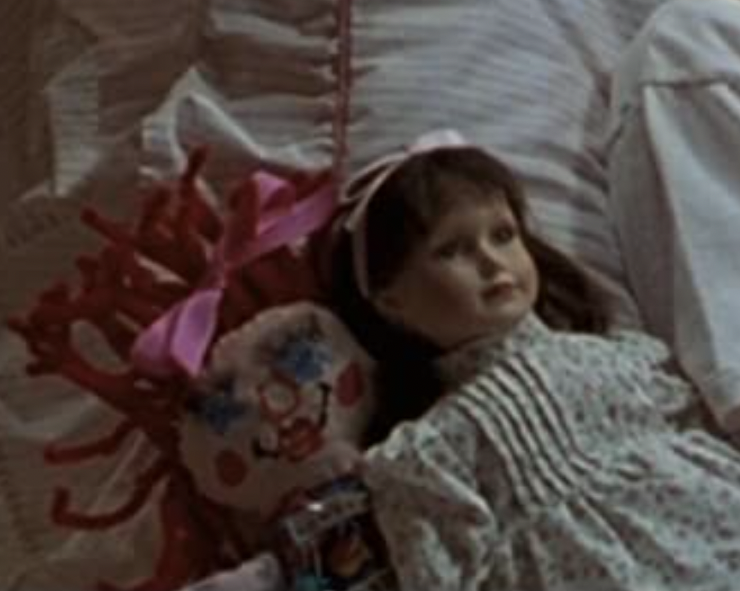
Dolls are a huge part of the film Matilda. Before she is old enough to walk herself to the library and teach herself to read, Matilda’s only solace is her grubby, scrappy ragdoll.
[rtk_adunit_top]
Later, recovering Miss Honey’s beloved Lissy doll from her old childhood home becomes a personal mission for both Miss Honey and Matilda, and is a crucial event that leads to the pair bonding.

While Lissy doll is a classic Victorian-style doll, with beautiful brushable hair, painted-on eyes, and delicate ruffled clothing, Matilda’s doll is a little bit rougher around the edges.
[rtk_adunit_middle]
It is implied that Matilda had to make her own doll from scraps she found around the house, as her neglectful parents never took her out to buy a toy of her own.

In order to make Matilda’s homemade doll seem realistic, Mara Wilson was actually allowed to design the doll herself, and was even tasked with colouring in the face with fabric markers to make it her own.
[rtk_adunit_bottom]
Even the name of the doll – Wanda – was Wilson’s choice, as well as that both Wanda and Matilda wore matching bows in their hair.
4. There’s a continuity error with Amanda Thripp’s clothes

The scene where Amanda Thripp is spun around by her pigtails and thrown out of the school grounds is one of the most memorable moments in all of children’s entertainment, but it wasn’t an easy one to shoot.
[rtk_adunit_top]
In addition to the fact that it required some pretty intense stunt work from a child actor, and the fact that it led to Pat Ferris getting her fingers sliced open on the wire, it also caused some continuity issues in the editing room.

The problem was not the sequence in which Thripp was swung around, but was instead the scene just after, during which Thripp slides across the grass thanks to the momentum of Miss Trunchbull’s throw.
[rtk_adunit_middle]
In an adorable twist on what is a pretty scary experience, Thripp bumps harmlessly across the meadow, snatching a bundle of wildflowers in her hands as she goes.
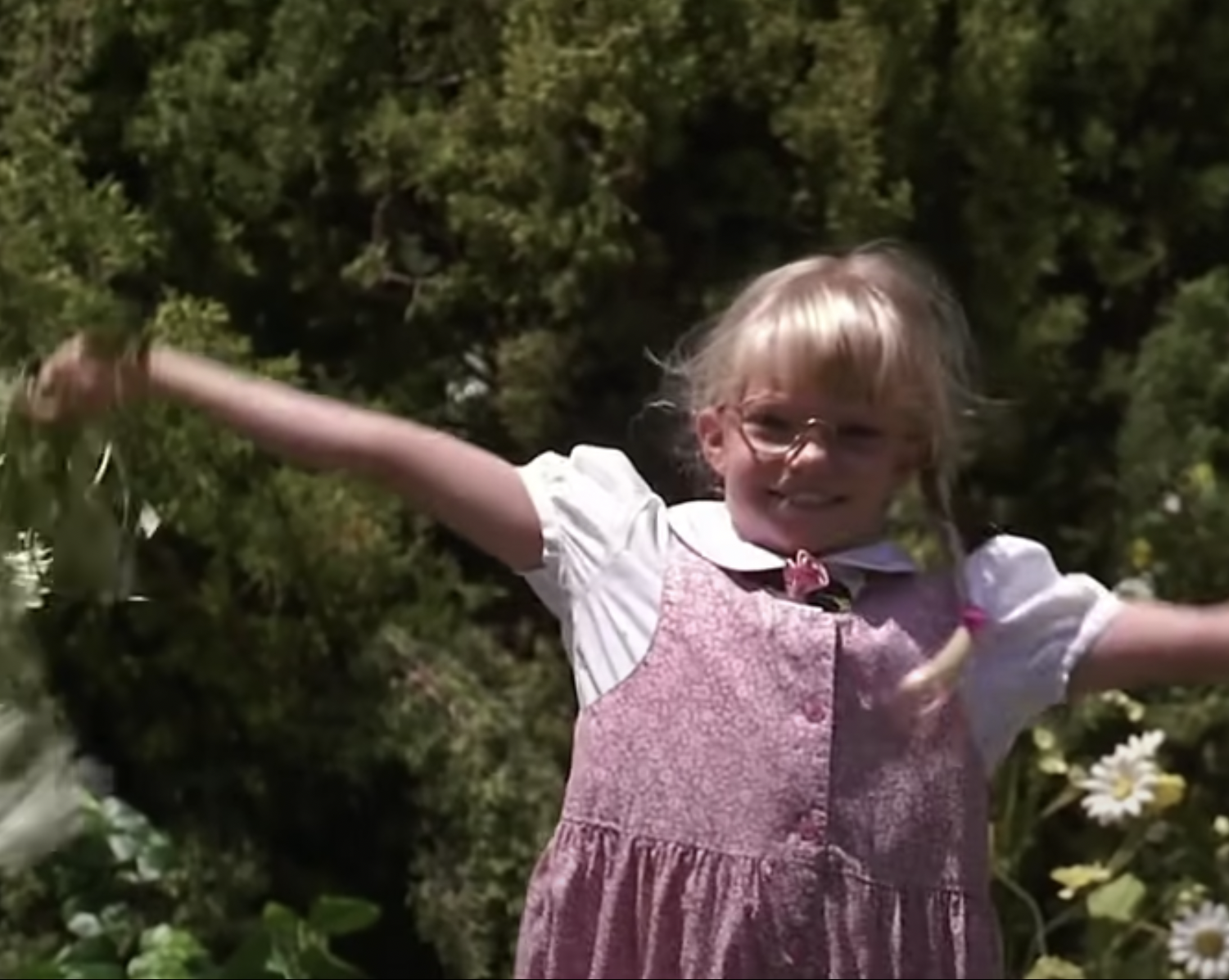
Thripp is entirely unharmed and even skips back to the school happily carrying a bouquet for Miss Honey, but eagle-eyed viewers will notice that something is wrong.
[rtk_adunit_bottom]
Though Thripp understandably gets super muddy while skidding through the field outside the school, when she stands up she is once again spotless, as though she magically vanished the grass stains all over her pink dress. Whoops!
3. Mariska Hargitay almost played Miss Honey

Embeth Davidtz is the perfect Miss Honey: she’s compassionate and caring, gentle and excited about learning, with the deep-rooted sense of justice and determination that makes her such a beloved character and teacher.
[rtk_adunit_top]
Over the years, Matilda has become such a classic that it’s hard to imagine anyone else taking the role, but Davidtz was actually not the first actress considered to bring the hero of children’s literature to life.
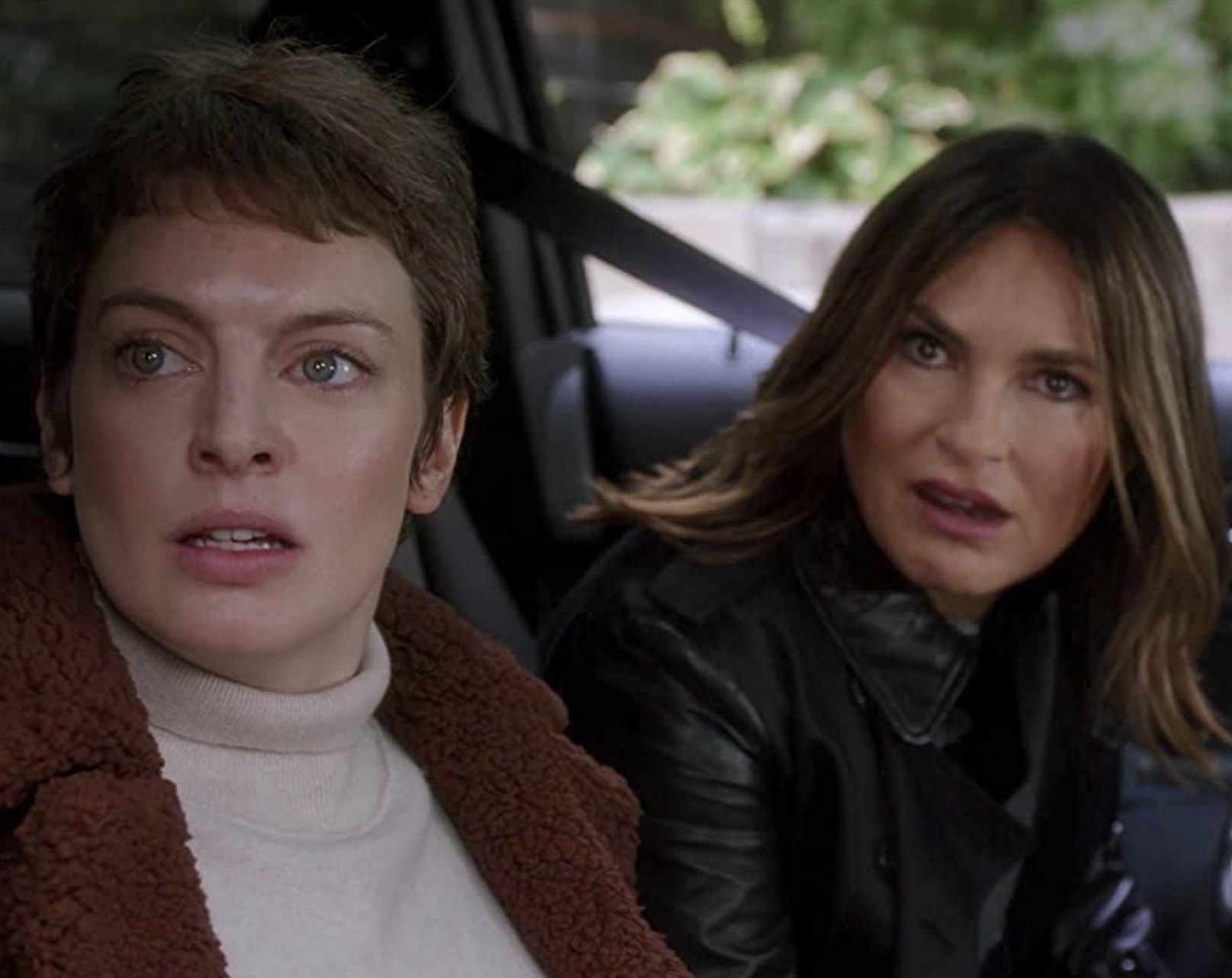
Instead, it was Mariska Hargitay who was offered the chance to play Miss Honey, but Hargitay turned down the part outright, and so further auditions were organised.
[rtk_adunit_middle]
At the time, Davidtz was very much at the beginning of her career, though she had appeared in a few recognisable titles, such as Schindler’s List and Army of Darkness.
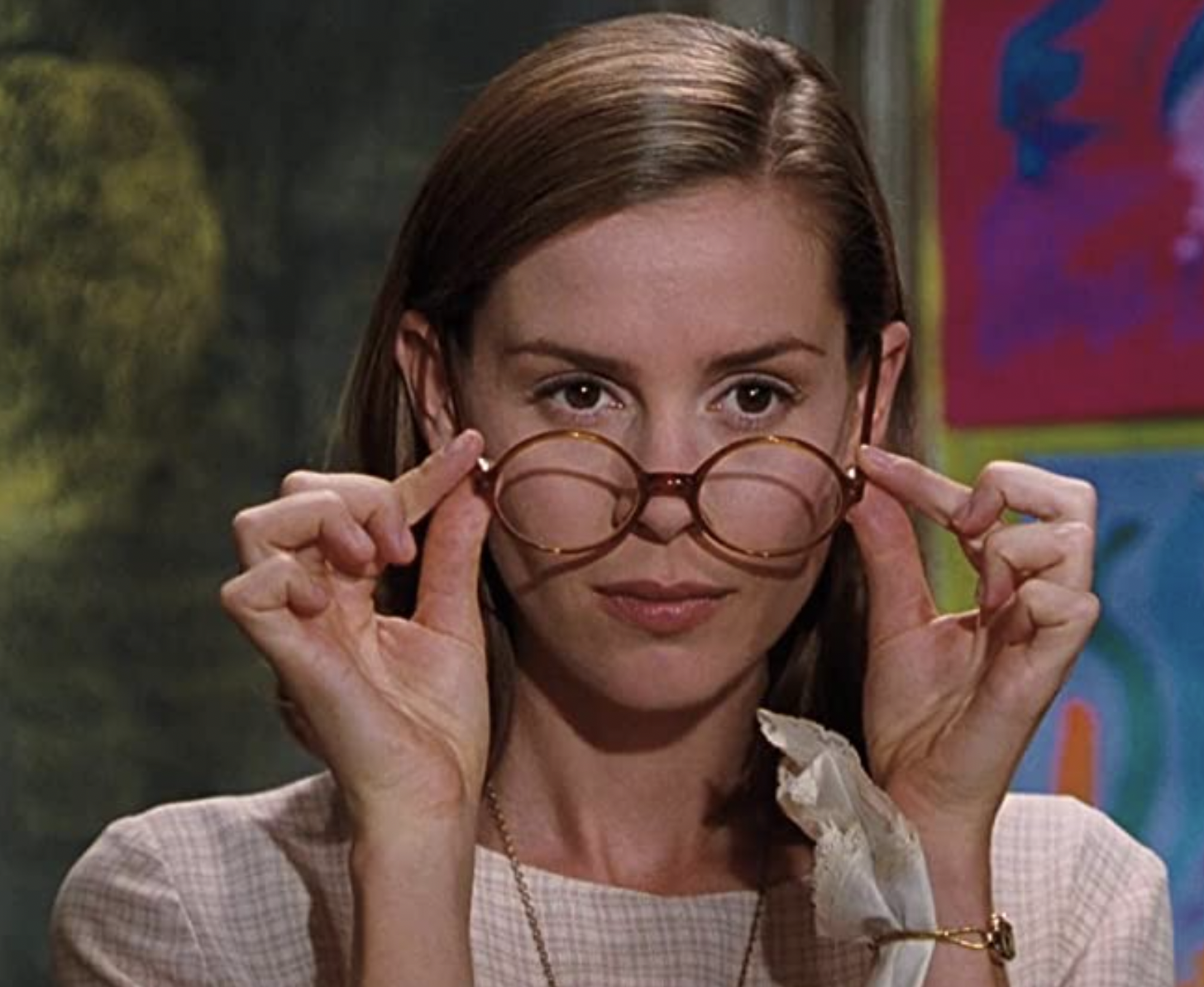
Despite her comparative inexperience, it was Davidtz who bagged the role, and secured for herself a stable acting career that still continues today.
[rtk_adunit_bottom]
Hargitay also got her big break soon after Matilda, when she was invited to appear on Law & Order: SVU as Olivia Benson, a character who went on to become a fixture on the show.
2. The movie features two references to The Witches
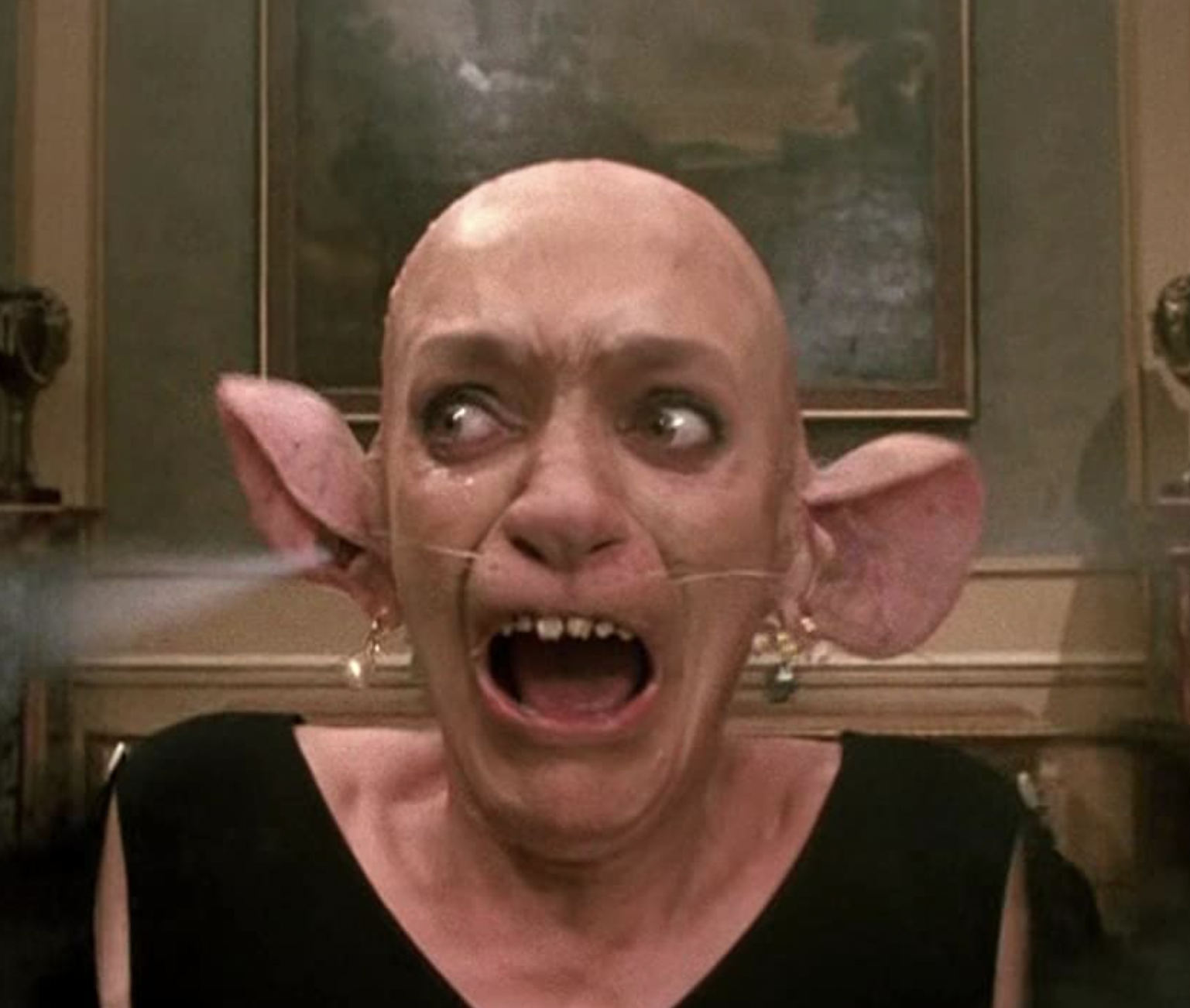
In the case of Disney and Pixar movies, it’s not uncommon for films to feature countless references to the studios’ other properties, whether they’re integrated into the background of shots or just referenced in dialogue.
[rtk_adunit_top]
1996’s Matilda is very much the same, as it features numerous references to another Roald Dahl adaptation: 1990’s The Witches.

The first reference to the horrific story of a coven of witches terrorising children and holding a conference in a hotel, is a simple visual nod near the end of the movie.
[rtk_adunit_middle]
When Miss Honey tucks Matilda into bed in her happy new home, the pair read a story together, and a copy of The Witches can be seen on the bookshelf in the background.

The other reference is a conversation that Matilda and Miss Honey have, wherein they chat about the speed of a mouse’s heartbeat.
[rtk_adunit_bottom]
In The Witches, the main character Luke has a similar conversation with his grandmother, before he himself is turned into a mouse at the head witch’s hands.
1. There are numerous connections between Matilda and Tim Burton
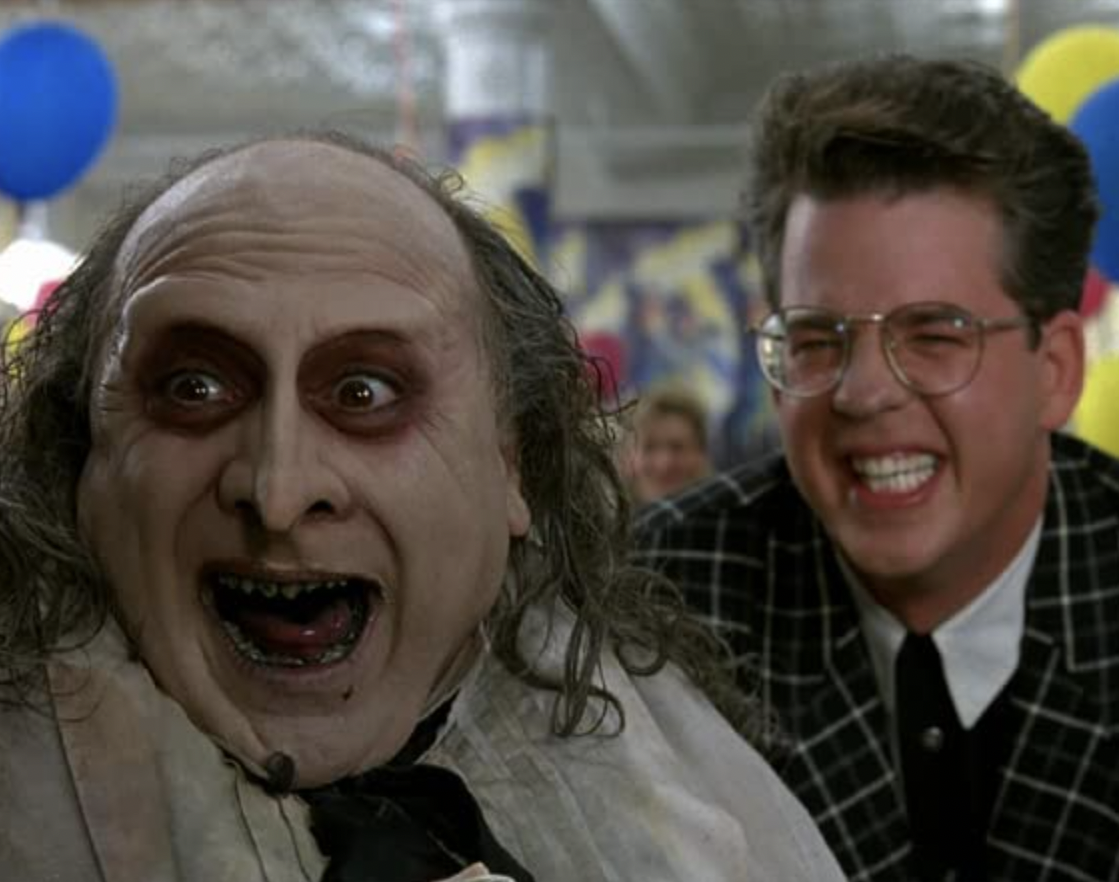
Before Danny DeVito worked on Matilda, he raised eyebrows with his delightfully grimy performance in Tim Burton’s gothic take on the Batman franchise.
[rtk_adunit_top]
DeVito’s experiences working on Batman Returns went on to influence his work on Matilda, in a number of pretty unexpected ways.
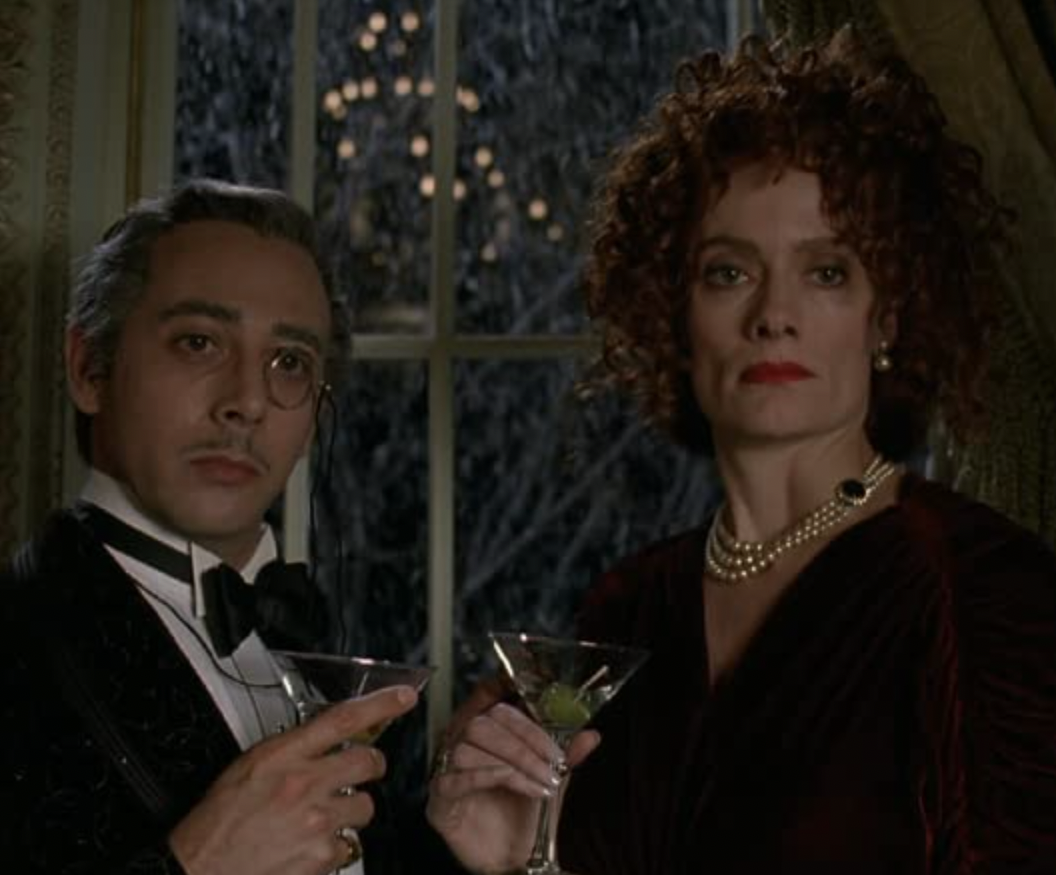
First of all, Danny DeVito made the decision to cast multiple actors in Matilda that he had already worked with on the Batman franchise.
[rtk_adunit_middle]
Specifically, he recruited Tracey Walter and Paul Reubens, who had played Bob the Goon and Tucker Cobblepot in Batman, to bring to life the two FBI agents who spend the movie uncovering Mr Wormwood’s criminal activities.
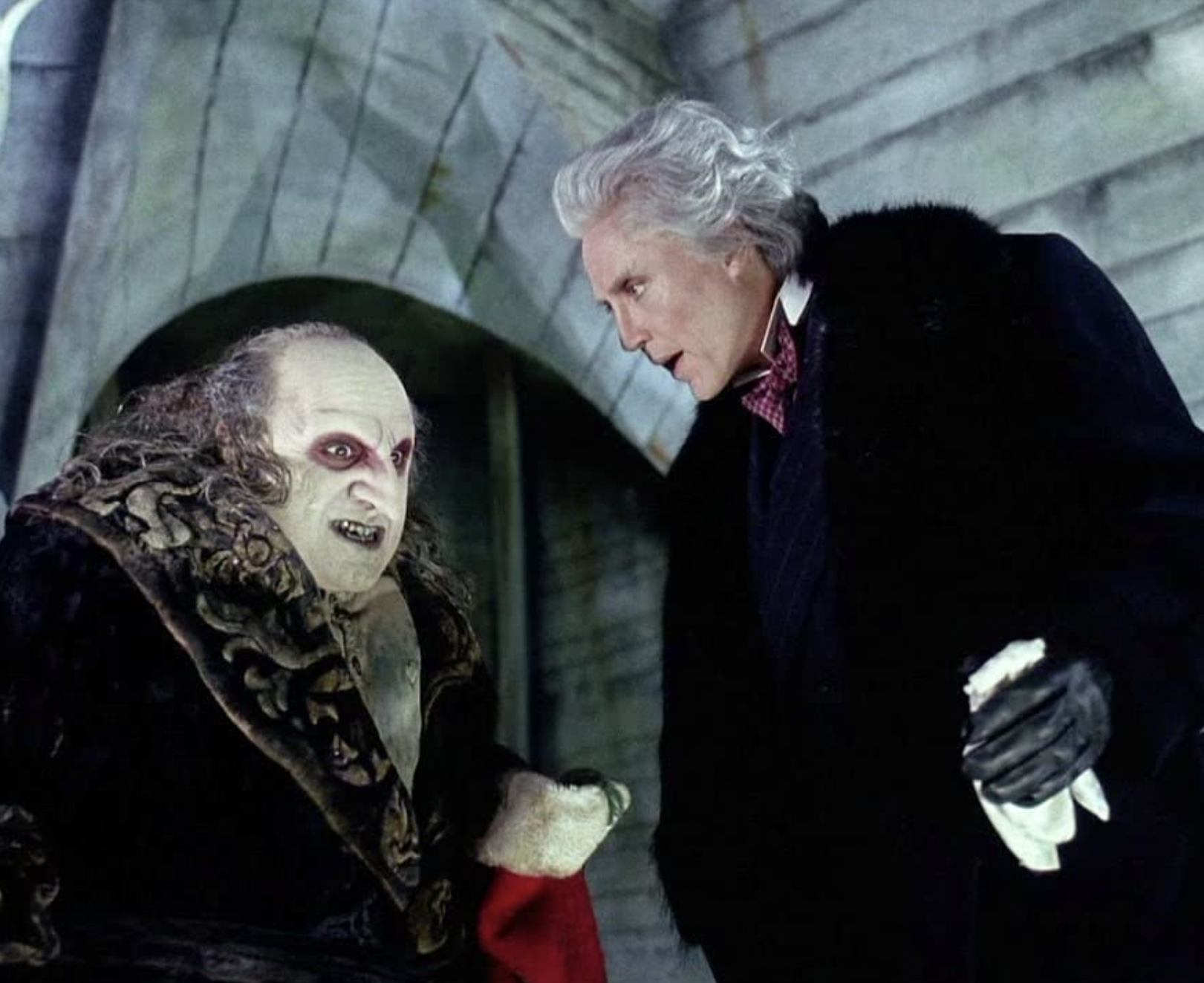
Secondly, Danny DeVito pulled from Tim Burton’s numerous projects when it came to selecting music for the first Matilda trailer. In the end, the trailer for the upcoming Matilda movie featured both a section of score from Tim Burton’s The Nightmare Before Christmas, as well as the iconic Harry Belafonte track Jump in the Line, which was famously used in Burton’s 1988 movie Beetlejuice.
[rtk_adunit_end]

